DROPS Snow
Excellent for felting!
from:
1.80£
2.20€
Content: 100% Wool
Yarn Group:
E (9 - 11 stitches)
/ 14 ply / super bulky
Weight/length: 50 g = approx 50 m
Recommended needle size: 9 mm
Knitting tension: 10 x 10 cm = 10 sts x 14 rows
Care: Hand Wash, max 30°C / Dry Flat
/ Feltable
Superwash: no
Made in: EU
Raw material origin: Wool from South America
This yarn has an Oeko-Tex® certification (certificate number 25.3.0099), Standard 100, Class I from the INNOVATEXT TEXTILE ENGINEERING AND TESTING, HUNGARY. This means that is has been tested for harmful substances and is considered safe in human-ecological terms. Class I is the highest level, and it means the yarn is suitable for baby articles (ages 0-3).
*DROPS Snow is the new name for DROPS Eskimo
DROPS Snow is a soft, thick and easy to use single stranded yarn spun from 100% pure wool, that results in warm and comfortable garments, and that is ideal for felting. The wool fibers used in this yarn are untreated, which means that it is only washed and not exposed to any chemical treatment prior to the dyeing. This highlights the fiber’s natural properties, while it also provides a better shape and texture quality.
A really popular winter yarn, DROPS Snow is available in 2 different types of shades: uni colour, a selection of solid colours and mix, where more than one colour is carded together before spinning for a mixed effect.
Read more about our products' sustainability here
Please be aware that the colours shown may vary from screen to screen in the same way that shades may vary slightly from dye lot to dye lot.
First of all, consider just airing the garment, instead of washing it. If you still desire to wash it, here are some guidelines:
- Hand wash at 30ºC - separately - with wool detergent without enzymes or optical brighteners.
- Don’t let the garment soak. Move the garment gently back and forth, do not rub or squeeze it.
- Rinse the garment until the rinse water is completely clear, making sure the water temperature stays uniform.
- Do a light centrifugation of the garment (about 800rpm), choosing a program that DOES NOT take in water at the start. Or press carefully the water out of the garment with a dry towel. The garment shouldn’t be twisted or rolled.
- To dry the garment, shape it and lay it flat - do not hang - ideally on a warm bathroom floor or on top of a drying rack in a room with good air circulation. Never dry the garment in direct sunlight.
- Don’t tumble dry.
- Never iron the garment directly. Use always a damp cloth between your steaming iron or regular iron and the garment.
Note: If you are washing a project made with this yarn combined with another, the general guideline is to follow the washing instructions for the most delicate of the yarns you are working with.
Thinking about felting this yarn?
See how this yarn looks before and after felting:
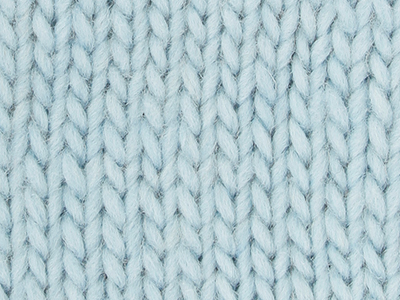
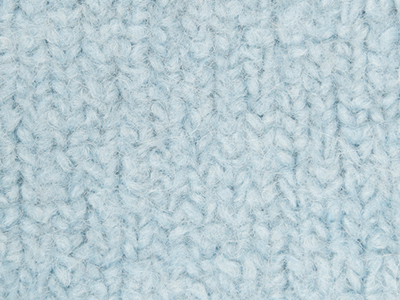
Needles: 9.00 mm
Before: 10 sts x 14 rows
After: 13 sts x 24 rows
Do you have a question about this yarn?
See a list of frequently asked questions (FAQ) about our yarns.
1) What type of fibers make the DROPS yarns?
Yarn can be made from a large number of natural and synthetic fibers. DROPS carries mainly yarns made from wool, cotton, alpaca, linen, mohair and silk. Each fiber type has its own qualities, and they are often mixed to take advantage of the best properties of each one. Coarse yarn has the advantage of being stronger and more durable, and finer fibers offer more softness and comfort. Here a bit about the main fibers we carry:
Alpaca:
Alpaca fleece is the natural fiber harvested from an alpaca, and it is similar in structure to sheep wool fiber. Its softness comes from the small diameter of the fiber, similar to merino wool. It is a soft, durable, luxurious and silky natural fiber. Yarn made from alpaca fibers does not felt or pill easily, and it can be light or heavy in weight, depending on how it is spun. While similar to sheep’s wool, it is warmer, not prickly, and has no lanolin, which makes it hypoallergenic. Alpacas come in 22 natural colors, with more than 300 shades from a true-blue black through browns-black, browns, white, silver and rose-greys.
Mohair:
This fiber comes from the Angora goats, and it's considered a luxury fiber. Mohair yarn is warm as wool, but much lighter in weight; it is durable, dyes well and does not felt easily. Mohair fibers have also a distinctive luster created by the way they reflect light. Despite being a hard fiber, mohair is usually spun into a very fluffy yarn, resulting in airy and lustrous garments.
Wool:
The wool fibers come from the skin of sheep and are relatively coarse fibers. Two striking characteristics of wool are its susceptibility to heat and its felting property, which is caused by the scales on the surface. Depending upon the breed of sheep, the appearance of the wool varies.
Wool from Merino sheep is considered the finest type of wool, having as characteristics that is finely crimped and soft. All the Merino wool in the DROPS yarns has its origins in South America, coming from sheep that have not been subject to Mulesing.
Pure new wool is wool made directly from animal fleece, and not recycled from existing wool garments.
Machine washable wool is wool treated chemically to minimize the outer fuzzy layer of the fibers, and be therefore fitable for machine wash (see Superwash).
Silk:
The silk fiber is a fine continuous fiber produced from the cocoon of a moth caterpillar known as the silkworm. While silkworm is cultivated, the wild or tussah silk is obtained from uncultivated silkworm cocoons. Silk fiber is one of the strongest natural fibers and makes a wonderful knitting yarn. It blends really well with other fibers, especially wool. Silk also dyes beautifully with natural dyes.
Vegetable fibers:
There are several varieties of vegetable fibers, found in the cell walls of plants or vegetables. Of all the varieties, two are recognized as major knitted or textile fibers. They are cotton and linen.
Cotton is the fiber surrounding the seeds in a cotton pod, and it is almost pure cellulose. Cotton is usually white in color but there are green and brown varieties as well. The cotton fiber is most often spun into yarn or thread and used to make a soft, breathable textile that is good for summer clothing and accessories, making a weaker yarn than silk or linen but stronger than wool.
Mercerized cotton is cotton that has been through a mercerization treatment. This treatment gives cotton fabrics and threads a lustrous yarn that is more lustrous than conventional cotton. It is also stronger, takes dye a little more readily, makes the yarn more resistant to mildew and reduces lint. It also may not shrink or lose its shape as much as "regular" cotton.
Linen is a fiber derived from the stalk of the flax plant that is durable and stronger than any other fiber. The linen fiber is relatively soft, straight and lustrous and becomes more beautiful with age. Linen is more comfortable to wear in hot temperatures than cotton, due to the fact that it absorbs moisture better and dries more quickly.
Other materials used in our yarns include synthetic fibers such as acrylic, viscose, polyamide (nylon) and polyester. These fibers are used mostly to give strength to a yarn (like our sock yarn, DROPS Fabel) or a special kind of structure (like our blown yarn, DROPS Air).
The polyamide fibre, commonly known as nylon, is very strong, durable, lightweight, easy to care for (can be machine washed and dried), and elastic, which makes it perfect for blending with other fibres to produce hard-wearing yarns like sock yarn.
Compared to polyester, polyamide is softer and more flexible, but it also absorbs more water and dries slower.
3) What type of information can I find on the DROPS yarn labels?
All DROPS yarn labels include information about fiber content (wool, cotton, etc.), weight in grams and ounces, length in meters and yards, washing instructions and symbols (explained here), color number, dye lot number and yarn group information.
4) What are the DROPS yarn groups?
All DROPS yarns are classified into 6 different thickness groups (A to F). Yarns in a same group have similar knitting tension/gauge, and can therefore be interchanged in patterns; however the length may be different, so when substituting always calculate the amount of meters/yards needed for the pattern to know the amount of yarn you need to get.
5) Can I use a different yarn than the one mentioned in the pattern?
Yes, as long as the yarn can be worked in the same knitting tension/gauge. Always swatch to make sure you get the same number of stitches in width and rows in height as given in the pattern.
Remember that different yarns with different textures, will give the garment different looks. The yardage/length may also be different, so when substituting always calculate the number of yards needed, in order to know the amount of yarn you need.
Read more about how to calculate the amount of an alternative yarn - and how to replace 1 thread of a yarn with 2 or more of another, here.
6) What does it mean when a yarn is “Superwash”?
A superwash wool is a special wool product that has been treated or processed in a way that allows it to be machine washable. Many people are afraid to work with wool because it is so easy to shrink (though some shrink wool on purpose) and superwash wool can allow them to work with great fibers without worry. (Read more here).
7) What does “Oeko-Tex® certified” means?
The Oeko-Tex® Standard 100 was introduced at the beginning of the 1990s as a response to the needs of the general public for textiles which posed no risk to health. The Oeko-Tex® Standard 100 is a globally uniform testing and certification system for textile raw materials, intermediate and end products at all stages of production. The test for harmful substances comprise substances which are prohibited or regulated by law, chemicals which are known to be harmful to health, and parameters which are included as a precautionary measure to safeguard health.
For more info go to www.oeko-tex.com
10) How accurate are the colours on the shade cards online?
When obtaining images for the shade card, we do our best to achieve the highest level of color accuracy. Unfortunately, we cannot guarantee how images will appear on your computer screen. Every monitor displays color differently, some colors might look darker than they really are, and some colors might be more saturated on some screens. If you experience that many of the yarn colors looks different on your screen than the actual color of the skeins, you can adjust the setting on your monitor.
11) What is a micron? What does super fine / extra fine mean?
The fineness of yarn fibers is measured in microns (thousands of millimeters). Super fine alpaca wool is 26-28 microns. Fine merino wool is less than 21.5 microns and extra fine merino is under 19.5 microns. The less microns the softer and more delicate a quality can be, the more microns the more hard wear the quality will be.
The reason why the microns in a yarn’s fibers are important is that the yarn will eventually become something else, and how delicate or coarse a yarn is will determine in part what we use it for. That’s why we recommend the softest yarns (like DROPS Baby Merino) for baby clothing, or why we choose to use a more hard wear yarn like DROPS Snow, for a seating pad or slipper.
12) Why are the colours in my skeins of print yarn different?
The reason why two skeins of a same print yarn look different can be 1) that both skeins are part of different dye lots; 2) that the skeins have been dyed using a technique called "magic print" (the one used for example in DROPS Delight), which provides unique patterns and smooth colour transitions to each skein, meaning also that within one dye lot, lighter or darker varieties might appear. This is no fault or defect, but part of the yarn's character.
13) My store doesn’t have the colour I want, what can I do?
If your DROPS store doesn’t have the yarn colour you want, try contacting a DROPS Super Store (the ones with the golden badges) - they will make sure to get a hold of the colour even if they don’t have it in stock themselves. See a list of all DROPS stores here.
14) Where can I find a specific dye lot of a colour?
Always try contacting your DROPS store first. If they do not have the dye lot you want we recommend you to ask other knitters and crocheters in the DROPS Workshop in Facebook or Ravelry, which may have the dye lot in their stash and might be willing to part from it.
Yarn sheds because there's not enough twist to hold all of the fibers together. All yarns have excess fibers (from production) that might come off as lint or shedding, in varied degrees that depend on how the yarn is spun. Brushed yarns ("hairier" yarns) like DROPS Melody, have more of these loose fibers than other yarns, and therefore shed more. Shedding also depends on what is worn under or over the garment, and whether this pulls at the yarn fibers. It’s therefore not possible to guarantee that there will be no shedding.
Below are some tips on how to get the best result when working with hairier yarns:
- When the garment is finished (before you wash it) shake it vigorously so the looser hairs come off. NOTE: do NOT use a lint roller, brush or any method that pulls at the yarn.
- Place the garment in a plastic bag and put it in your freezer - the temperature will cause the fibers to become less attached to each other, and excess fibers will come off easier. Leave in the freezer for a few hours before taking it out and shaking it again.
- Wash the garment according to the instructions on the yarn label. Garments worked with hairier yarns usually need to be shaken once dry after washing, so that the hairs rise and any excess fibers can come off.
Pilling is a natural process that happens to even the most exclusive of fibers. It's a natural sign of wear and tear that is hard to avoid, and that is most visible in high friction areas of your garment like a sweater's arms and cuffs.
You can make your garment look as new by removing the pilling, using a fabric comb or a pill/lint remover.
How can I replace this yarn?
If you are looking to replace this yarn with another DROPS yarn, you can use another yarn within the same yarn group, or try our yarn converter!
Other yarns in Yarn Group E
Read more about replacing yarn.Have a problem with the DROPS yarn you purchased?
When you purchase yarn from the shade cards or patterns on our site, you are not buying directly from DROPS but from one of the hundreds of DROPS stores around the world. It is therefore important that you take contact with the DROPS store where you bought the yarn, and that you save the labels of all the skeins you purchased (they are your warranty).
The DROPS store you contact will assist you and escalate the claim if necessary. Find a list of DROPS stores here.
Comments / Questions (354)
![]() Sanne wrote:
Sanne wrote:
Hallo. Ik wil graag Drops Eskimo gebruiken voor een baby vestje, maar wil niet dat hij gaat vilten in de was. Kunt u mij vertellen hoe ik de wol moet wassen of kan ik beter een ander garen gebruiken? Bedankt!
26.12.2014 - 12:06DROPS Design answered:
Beste Sanne. Eskimo is voor handwas - en niet voor in de machine. Je kan kijken onder de WASVOORSCHRIFT hier op de kleurenkaart om te zien hoe u het garen moet behandelen. Wilt u liever een alternatief, dan kan je hier kijken
05.01.2015 kl. 11:45
![]() Yara wrote:
Yara wrote:
Kunt u vertellen met welke getallen (breedte en lengte)ik het werk moet vermenigvuldigen als ik wil vilten met deze wol? Ik maak iets zonder een bestaand patroon. Hartelijk dank.
18.12.2014 - 10:01DROPS Design answered:
Hoi Yara. Kijk hier in onze school voor het vilten. Hier vind je ook proeflapjes met stekenverhouding voor en na het vilten. Het beste is wel om eerst ook een proeflapje te maken, vilten en dan weer de stekenverhouding te controleren. Veel plezier.
19.12.2014 kl. 19:00
![]() Anja wrote:
Anja wrote:
Wieso habt ihr bloß die Hälfte der wunderschönen Tweed-Farben aus dem Sortiment genommen? Kommen die bitte bald wieder? LG Anja
30.10.2014 - 14:03
![]() Linda Stryjak wrote:
Linda Stryjak wrote:
I have a pattern for the red cozy slippers but I cannot figure out how much yarn I need. Where can I find this?
16.10.2014 - 01:51DROPS Design answered:
Dear Mrs Stryjak, you will find at the right side of the picture in the pattern page the total amount of yarn required for each size, ie divide the total amount of yarn by 50 g the ball Eskimo, eg if the pattern says 300 g DROPS Eskimo, divide by 50 g the ball Eskimo : 300/50 = 6 - you will then need in that case 6 balls Eskimo. Happy knintting!
16.10.2014 kl. 10:16
![]() Clara wrote:
Clara wrote:
What is the weight of this yarn?
05.10.2014 - 23:13DROPS Design answered:
Dear Clara, DROPS Eskimo is Super Bulky (5-6 wpi). Happy knitting & crocheting!
13.10.2014 kl. 11:18
![]() Marcia Dale wrote:
Marcia Dale wrote:
What is the weight of this yarn.
29.09.2014 - 22:29DROPS Design answered:
It is 1.8 oz (50 g) = approx 55 yds (50 m) per skein.
13.10.2014 kl. 23:16
![]() Ani wrote:
Ani wrote:
Mit was für farbe ist die wolle gefärbt?
23.09.2014 - 21:05DROPS Design answered:
Liebe Ani, unsere Garne sind mit konventionellen Farben gefärbt.
14.10.2014 kl. 15:21
![]() Anja wrote:
Anja wrote:
Die Tweed-Farben sind einfach ein Traum!!! Bitte mehr davon! LG Anja
11.07.2014 - 21:42
![]() Mahin wrote:
Mahin wrote:
J'ai utilisé la laine eskimo tweed pour réaliser une veste à capuche je suis très contente du résultat et la laine rend très bien( point de riz double) pour ce genre de pièce
02.07.2014 - 13:12
![]() Malene wrote:
Malene wrote:
Jeg har lige købt 17 nøgler af farve nr. 28 og det ser slet ikke ud som på billedet. Det er camouflage grønt! Er det meningen at det skal være det? For så synes jeg godt nok I skulle skifte billedet i farvekortet. Det er indfarvning 16391
12.03.2014 - 22:58
![]() Michelle wrote:
Michelle wrote:
Chaude et douce au toucher. Par contre, elle bouloche à vitesse grand elle bouloche à vitesse grand.
05.03.2014 - 19:08
![]() Jabba wrote:
Jabba wrote:
Leider hat mich dieses Garn nicht so überzeugt, da es schnell einen verfilzten Look bekommt und sich der Faden beim Stricken schon mal schnell trennt und dann etwas ausgefranzt wirkt. Ich habe aus der Eskimo einen Pulli für meine Hündin gestrickt. Das Muster kommt auch schön raus, die Wolle ist schön dick, aber die Fasern lassen es schon während des Strickens flusig und etwas verfilzt aussehen. Für einen Hund ok, aber für Menschenkleidung für mich ein absolutes KO-Kriterium. Schade...
18.02.2014 - 11:10
![]() Daphne wrote:
Daphne wrote:
What is the weight of this yarn? Is it 5 or 6?
25.01.2014 - 00:04DROPS Design answered:
Dear Daphne, DROPS Eskimo is Super Bulky (5-6 wpi). Happy knitting & crocheting!
14.10.2014 kl. 15:04
![]() JUlia wrote:
JUlia wrote:
Ik begrijp iets niet: op deze pagina staat dat de aanbevolen breinaald 9mm is, op het label staat dat 8mm wordt aanbevolen, en op de pagina van patronen voor deze eskimo garen staat 6 mm (zie bv Drops hoofdband in patentsteek, design model EE-312). Als ik naar de wol zelf kijk, lijkt mij 6mm het meest logisch. Wat klopt nu?? Dank!
15.01.2014 - 17:11
![]() Elisabeth wrote:
Elisabeth wrote:
Ah wat jammer, deze wol kriebelt op de huid. Is niet zacht zoals in de beschrijving staat. Welk dikker garen met wolpercentage raden jullie aan voor gevoelige huid?
04.01.2014 - 16:37Samantha Steele wrote:
What is the weight of the yarn? I live in SA and can't find this exact yarn but would like to follow a DROPS pattern. Thanks
10.12.2013 - 11:21
![]() Hotellier Christine wrote:
Hotellier Christine wrote:
Bonjour, je voudrais savoir pourquoi il n'y a pas de modèles de pull en Eskimo mix ou print ? Est-ce trop chargé? Merci pour votre réponse,Christine
28.11.2013 - 14:14
![]() Lilla My wrote:
Lilla My wrote:
Bonjour, Sur une dizaine de pelotes, j'ai eu rien moins que 5 noeuds... Je trouve cela très dommage pour une laine sinon très agréable à tricoter.
27.11.2013 - 10:20
![]() Olga Pereiras Balao wrote:
Olga Pereiras Balao wrote:
Buenas tardes, ¿cuando estará disponible "Eskimo Degradé"? Gracias.
18.11.2013 - 12:54
![]() Tanja wrote:
Tanja wrote:
Tipp Knäulwechsel: auch hier kann man das Ende des alten Knäuls und den Anfang des neuen Knäuls ca 10cm aufdrehen, ineinander verdrehen und verfilzen. (wie bei der Polariswolle auch). Dann hat man trotz der nur 50g Knäule kaum Fäden zu vernähen.
01.11.2013 - 23:31
![]() Kris Beicher wrote:
Kris Beicher wrote:
Hvis jeg vil bruge to tråde Eskimo som erstatning for Polaris hvordan omregner jeg forbrug (jeg har kig på en vest der skal bruge 1000g Polaris, hvor meget Eskimo skal jeg bruge)?
01.11.2013 - 15:54
![]() Garnstudio Deutschland wrote:
Garnstudio Deutschland wrote:
Liebe Sarah, Eskimo filzt nur, wenn es in der Maschine bei 40° gewaschen wird. Sie können Ihr Kleidungsstück problemlos von Hand mit 30° waschen (weitere Hinweise siehe unter "Pflege").
23.10.2013 - 09:36
![]() Sabine wrote:
Sabine wrote:
Hallo, ein Hinweis an andere Anfänger: ich bin mit dieser Wolle nicht so zufrieden - das liegt einfach nur daran dass ich Anfängerin bin und manchmal wieder auftrennen muss. Das verzeiht diese Wolle nicht, sie "splisst" dann sehr schnell.
18.10.2013 - 15:08
![]() BICHEREL wrote:
BICHEREL wrote:
Je viens de recevoir le coloris fagot dans la gamme drops eskimo et je suis très déçue car le coloris ne correspond pas du tout à celui montré sur le site. De plus, il faut débourser les frais de port pour recevoir, pour renvoyer, et pour recevoir l'échange, ce qui revient très cher, je n'acheterai donc plus chez Luce Laine Tricot, aucun geste commercial. Cordialement
17.10.2013 - 21:28






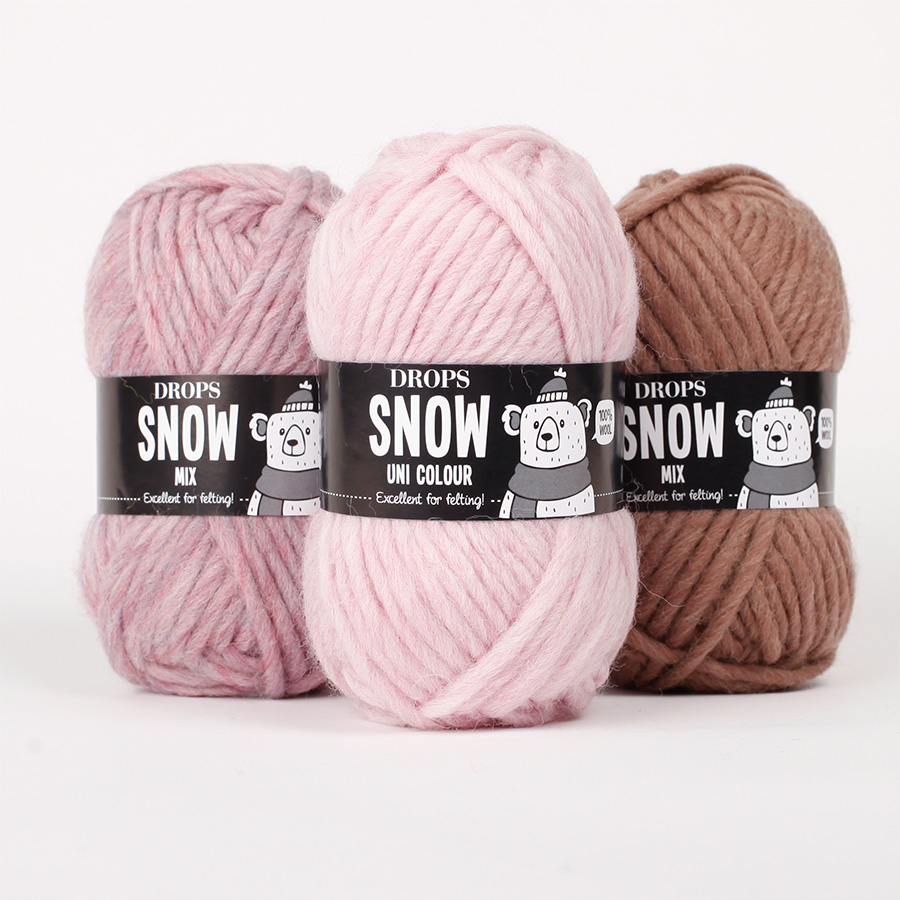
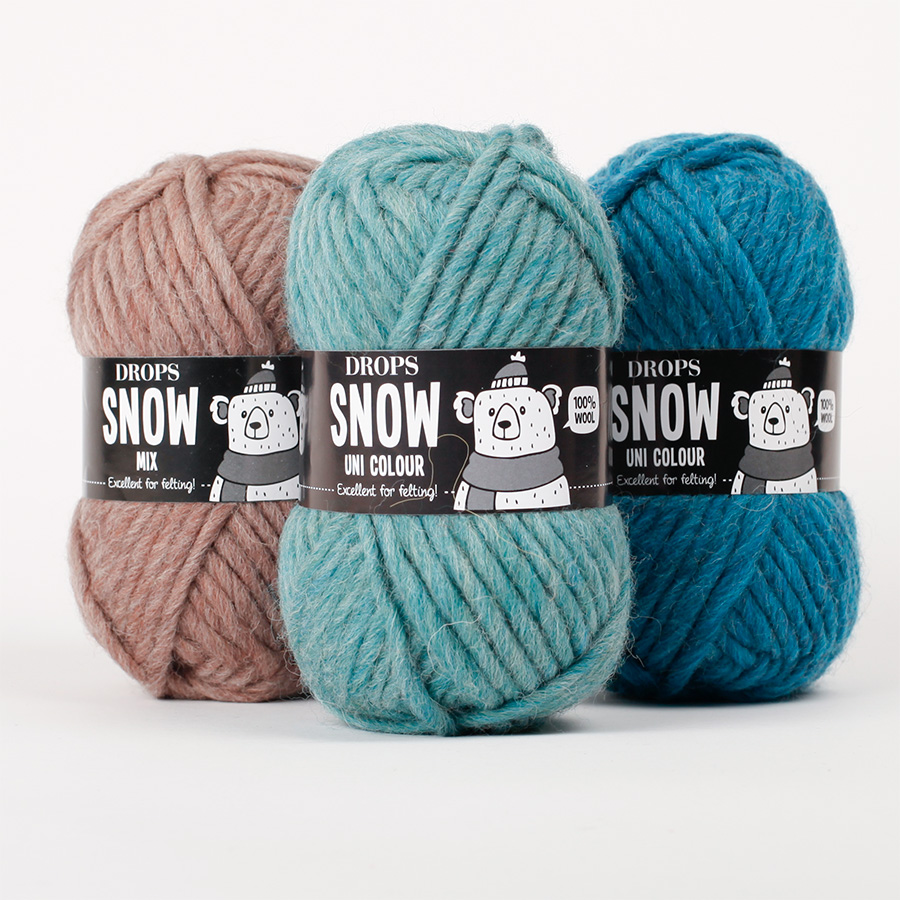
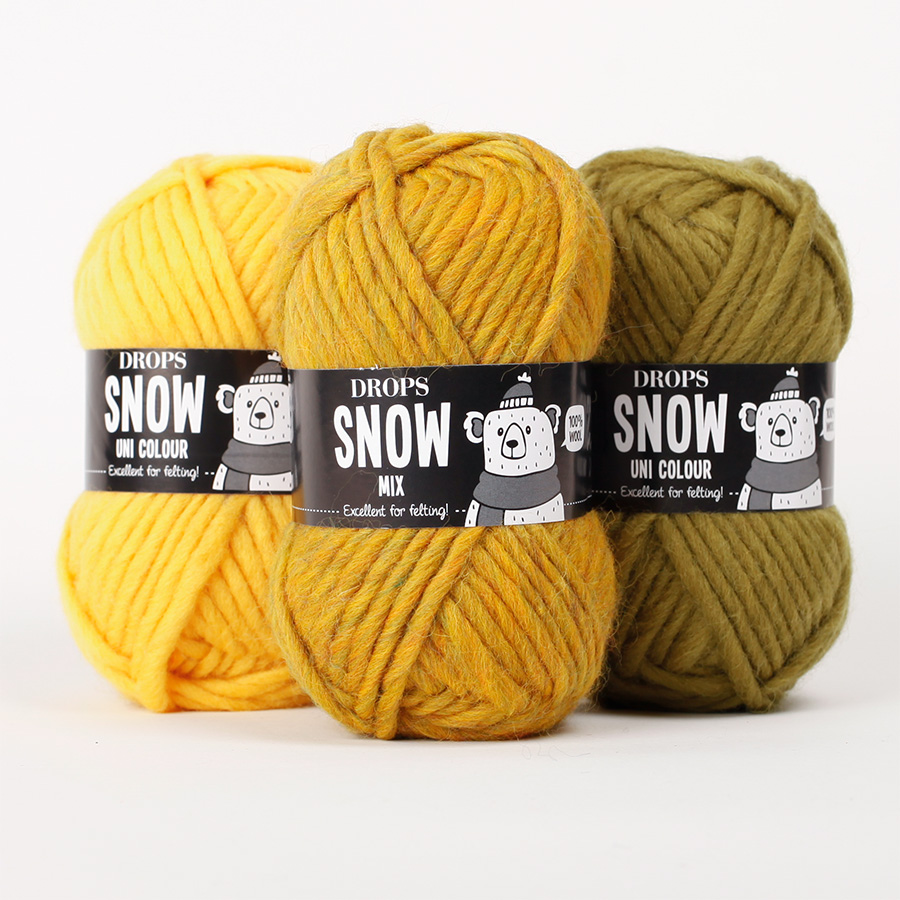
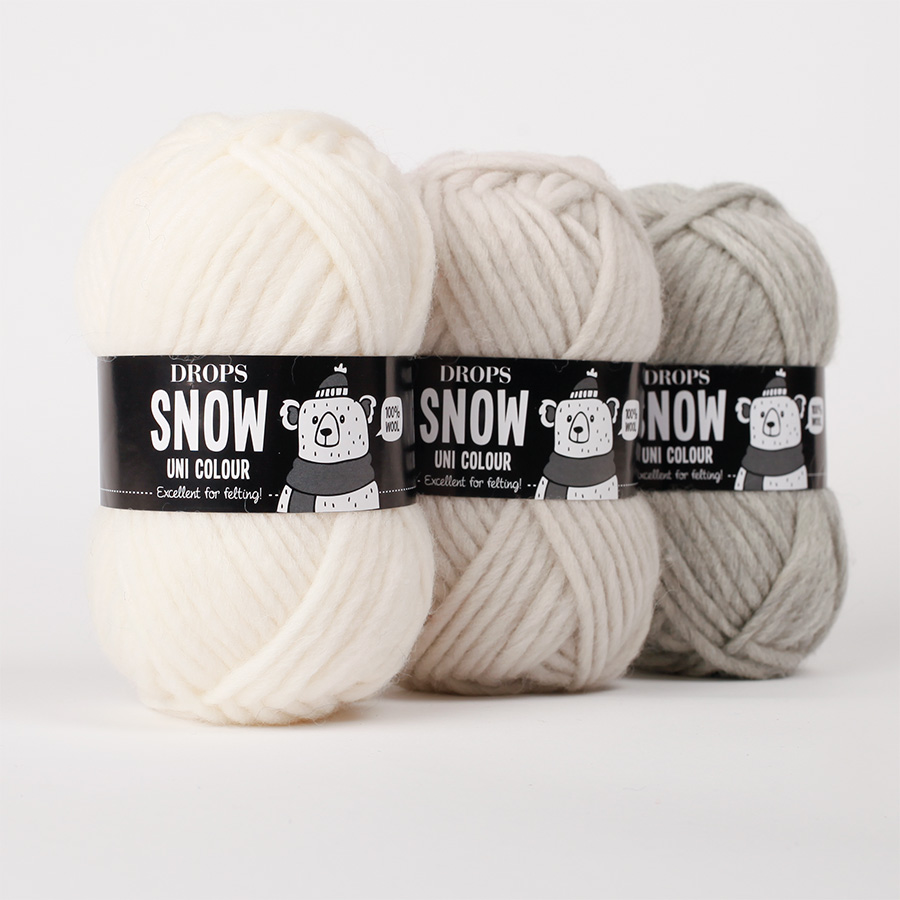
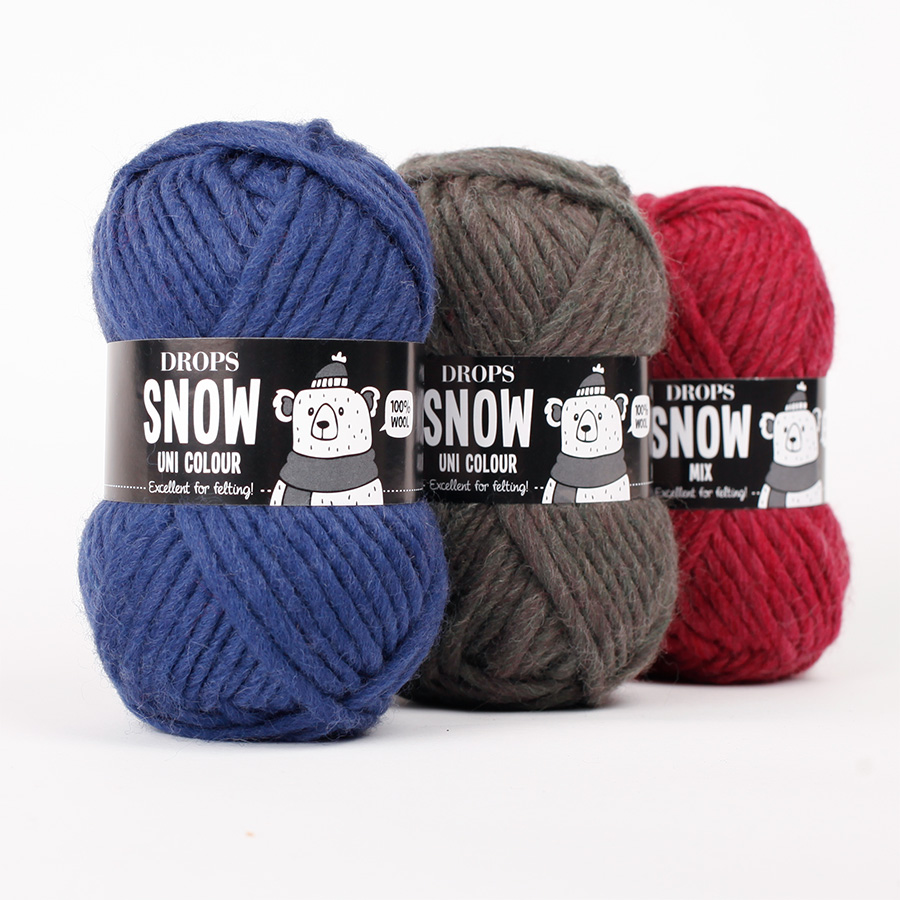
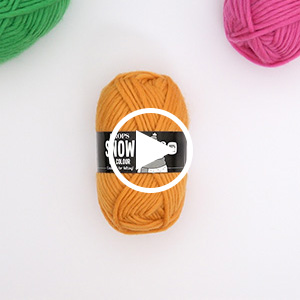









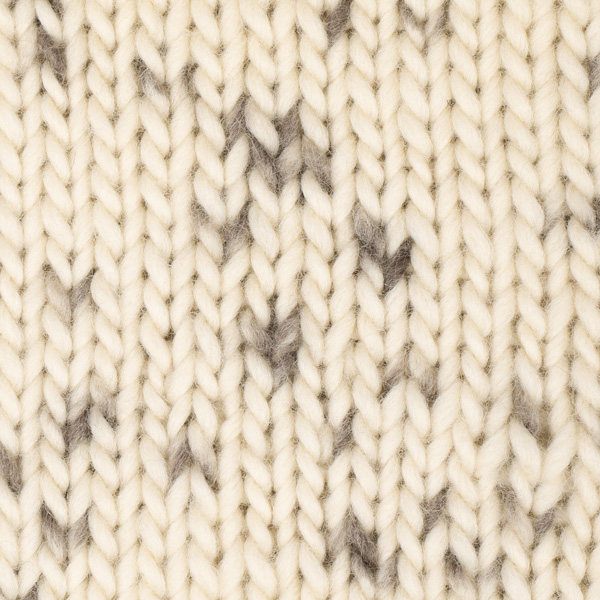
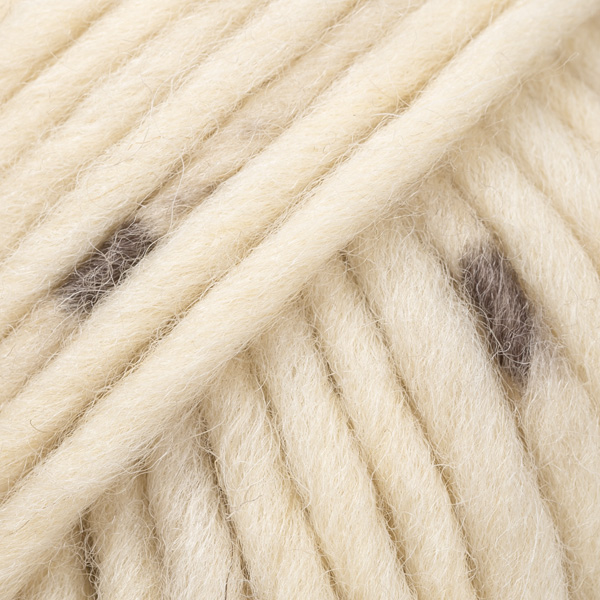

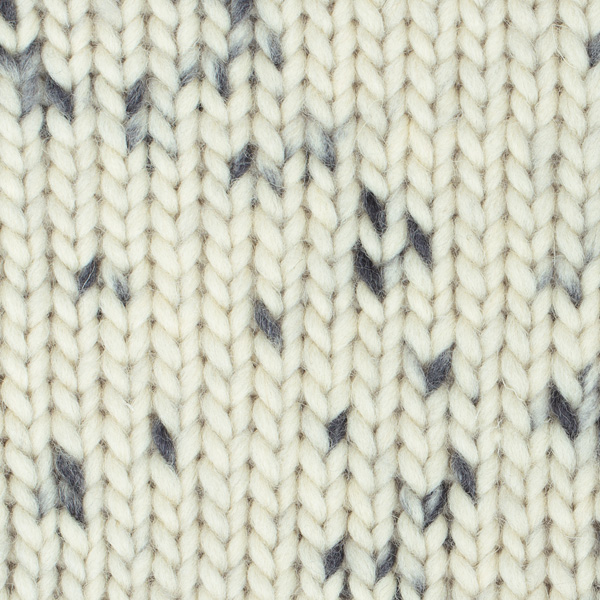
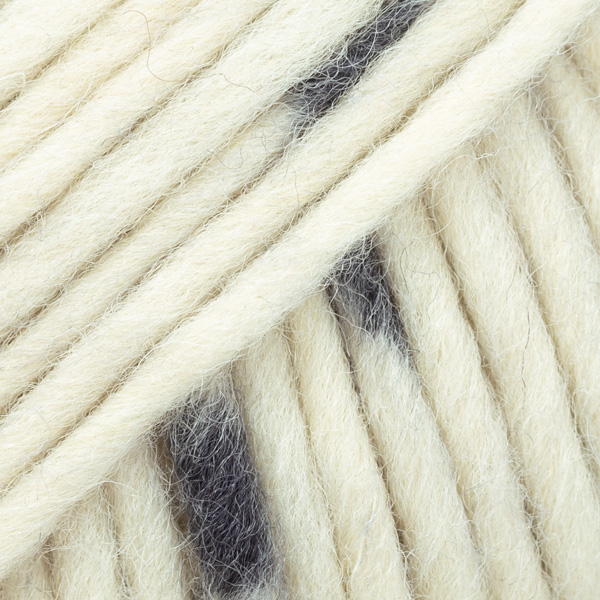

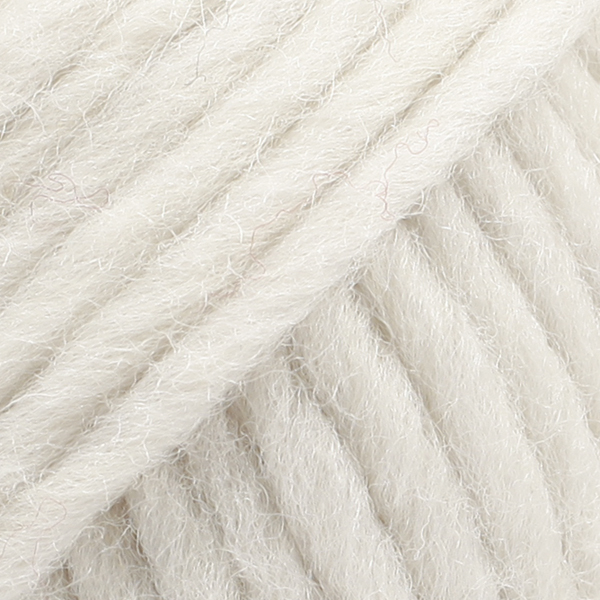

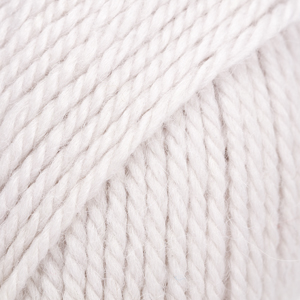


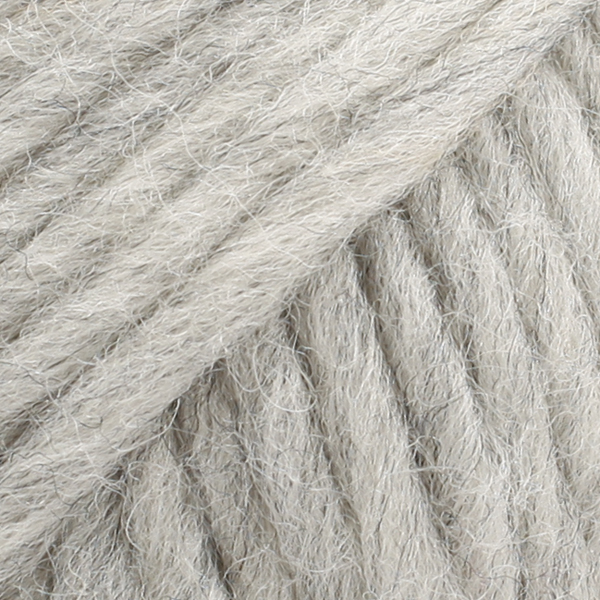

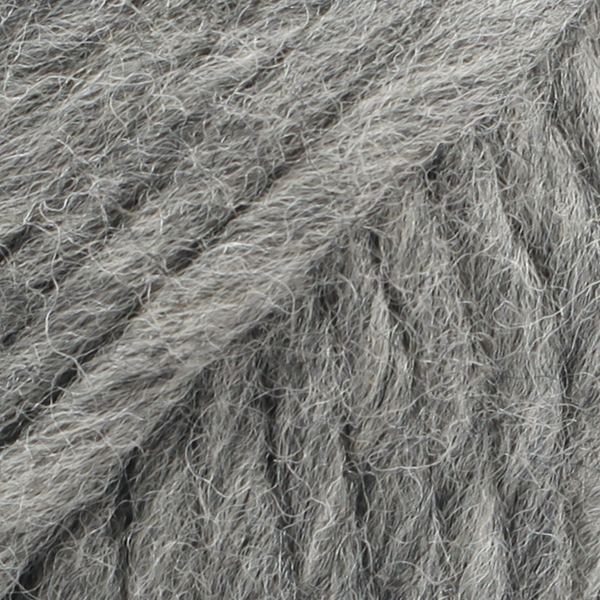







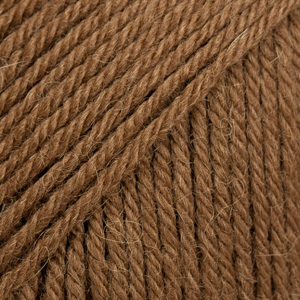




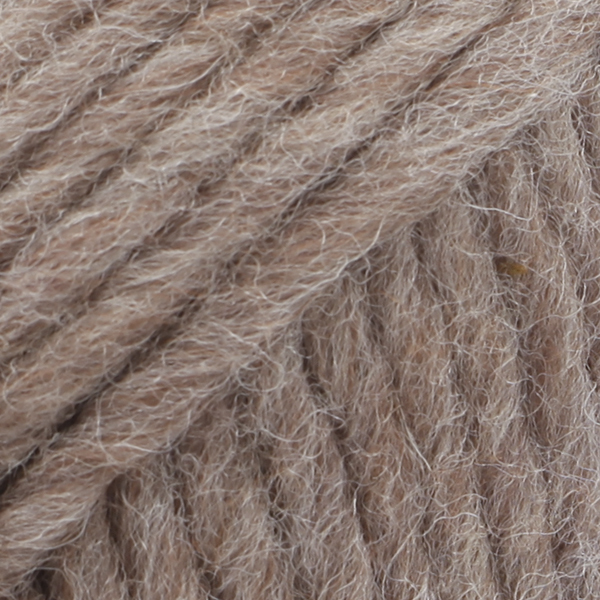



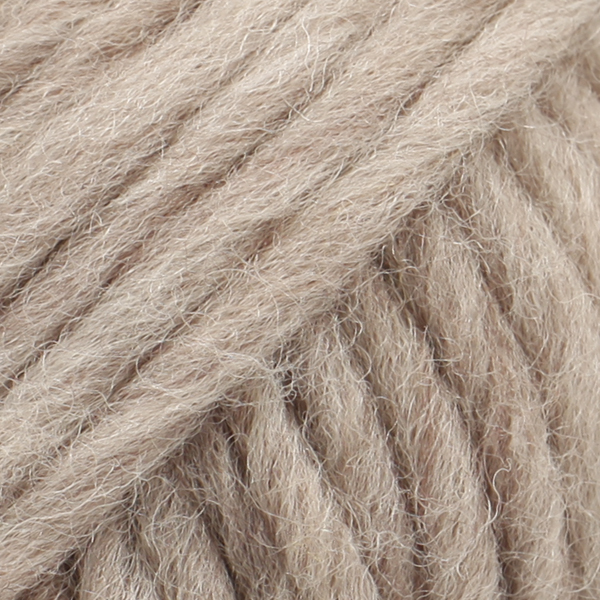



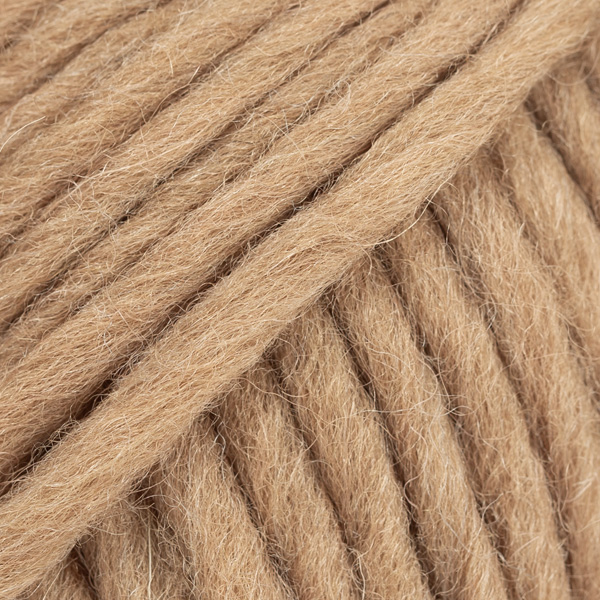

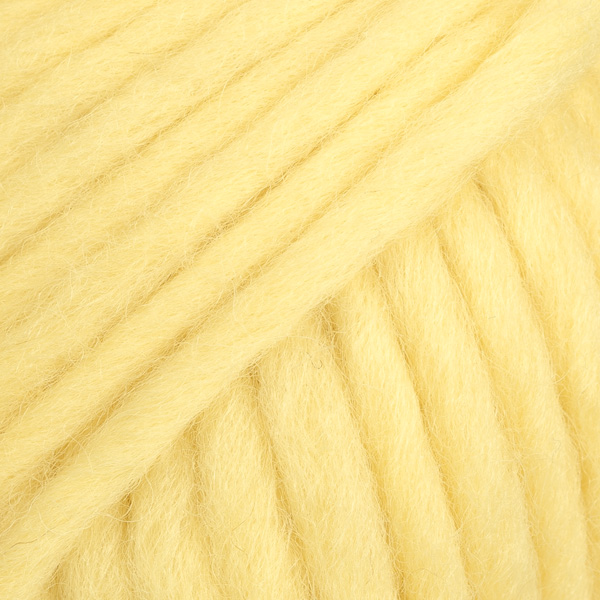





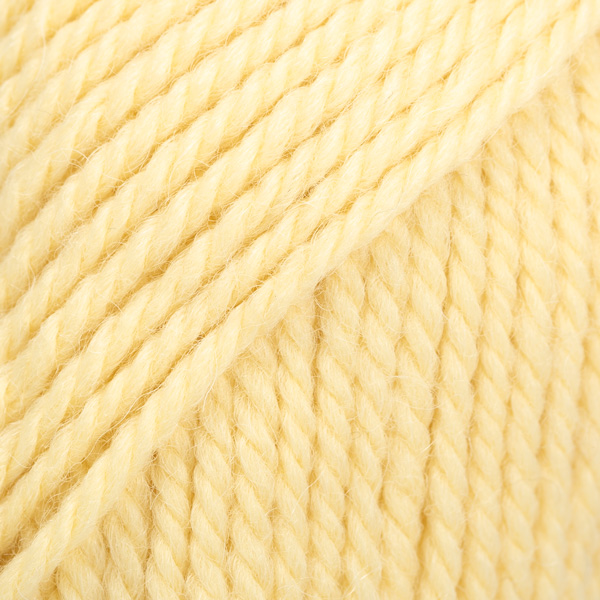

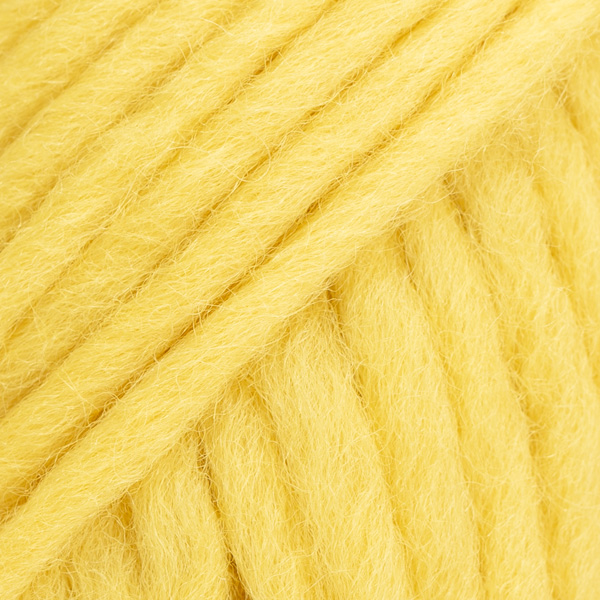



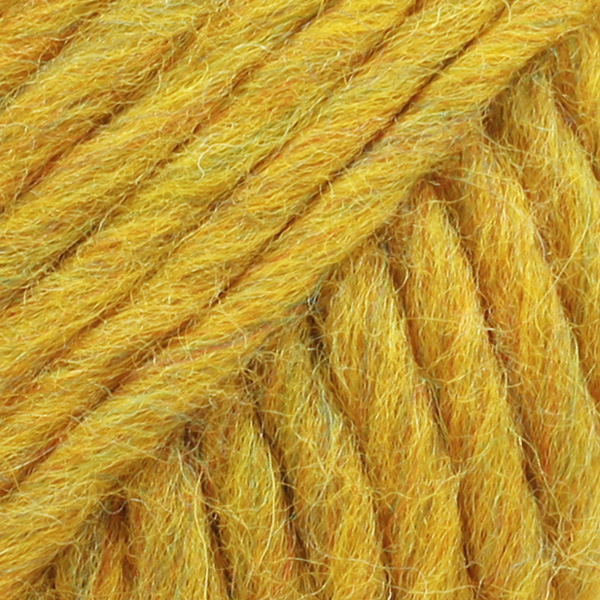


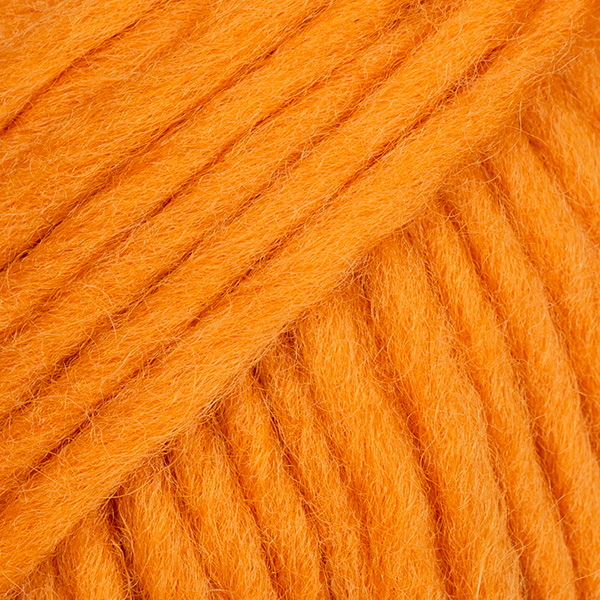





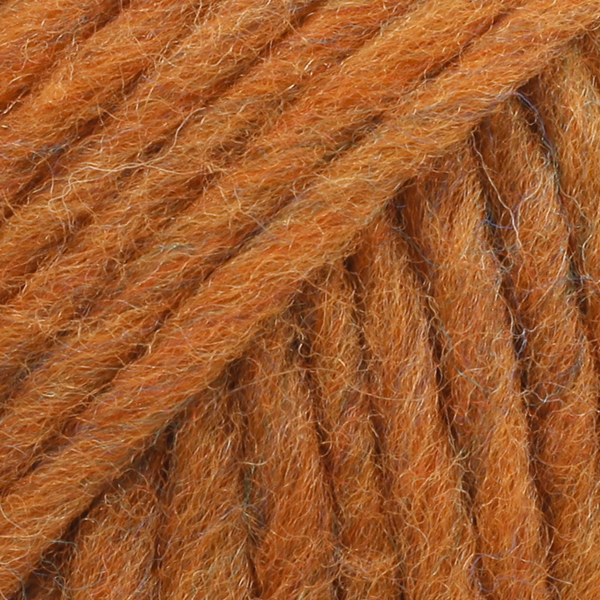

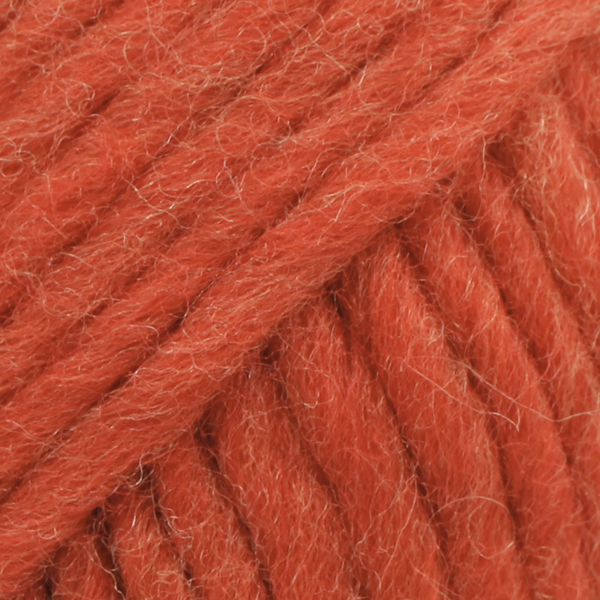

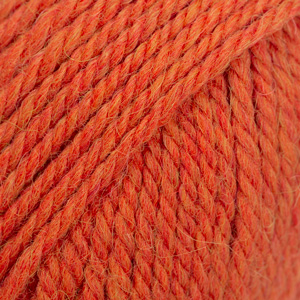


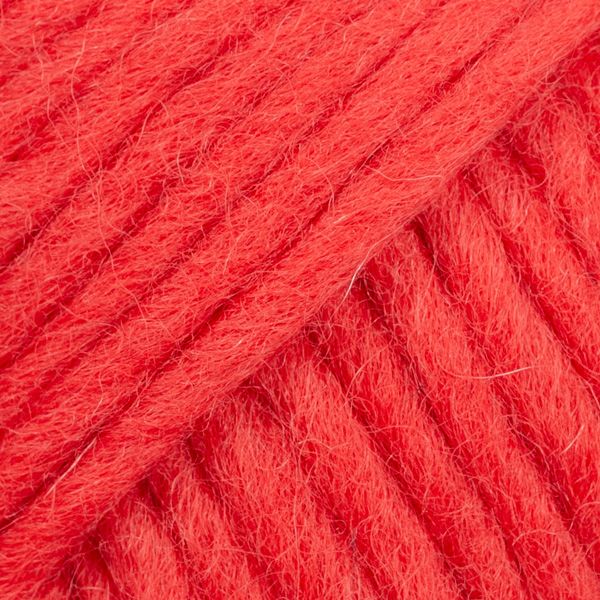

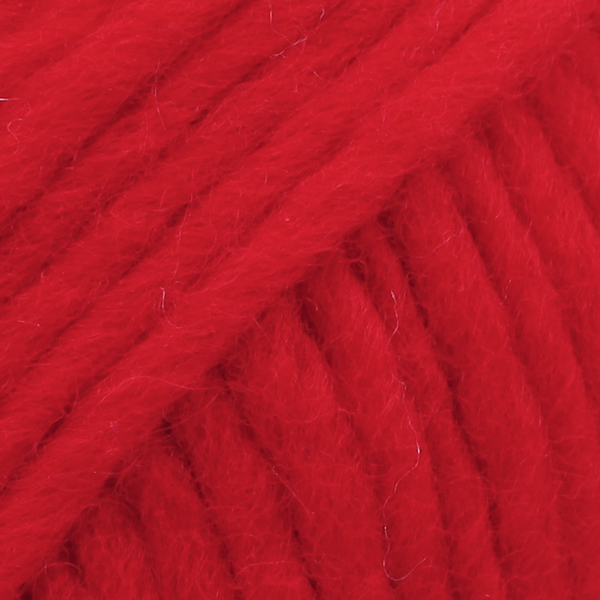








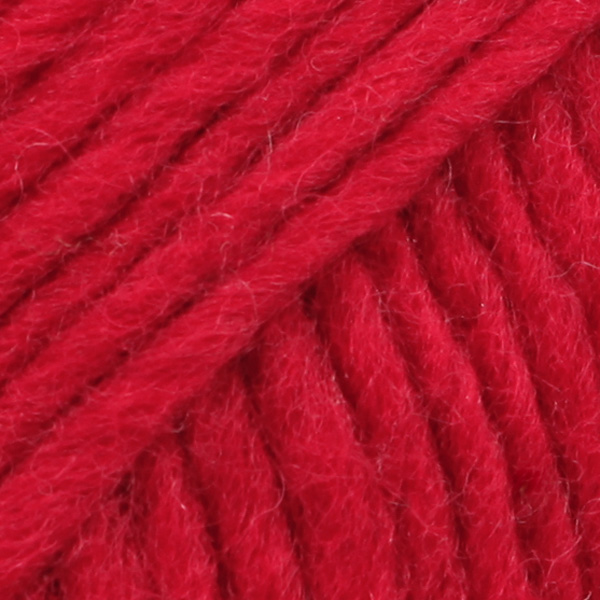



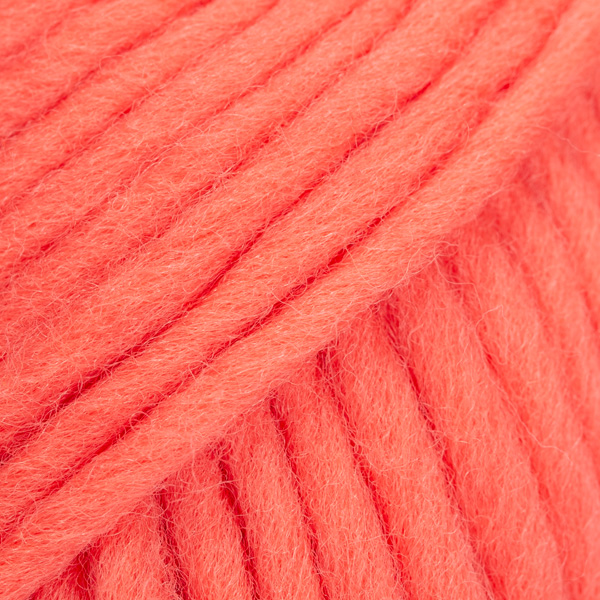



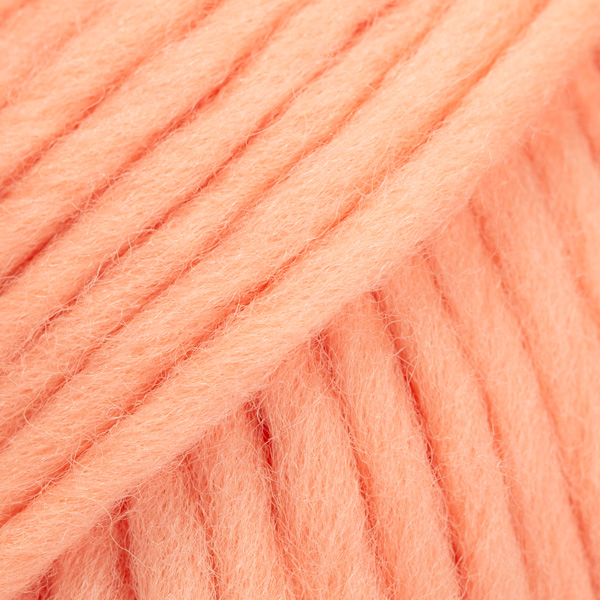





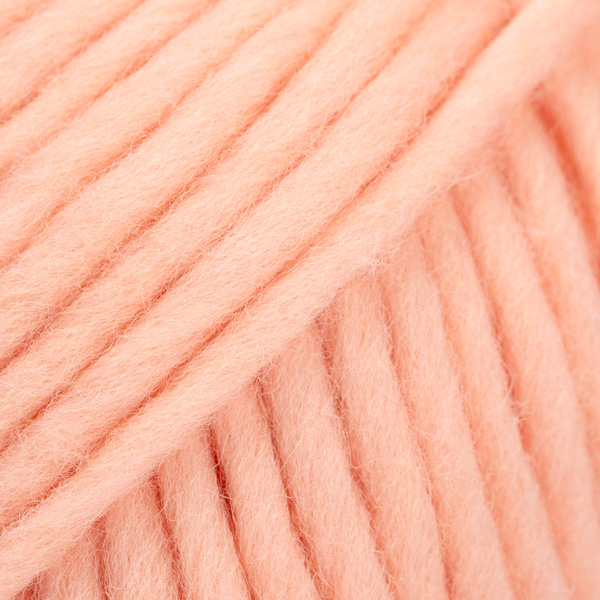

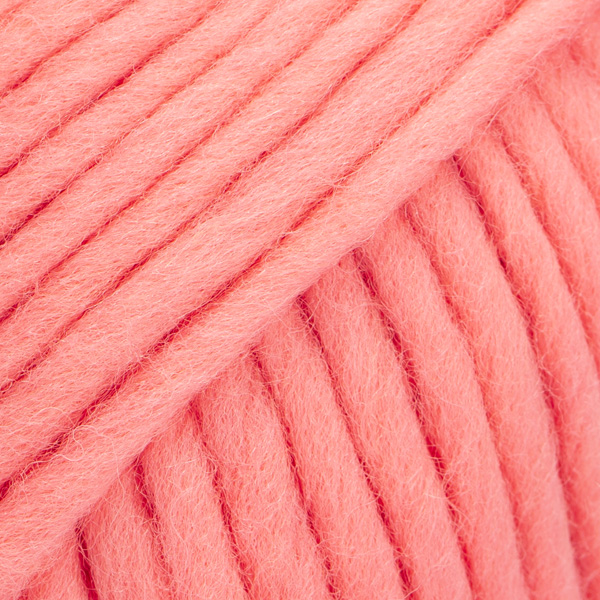



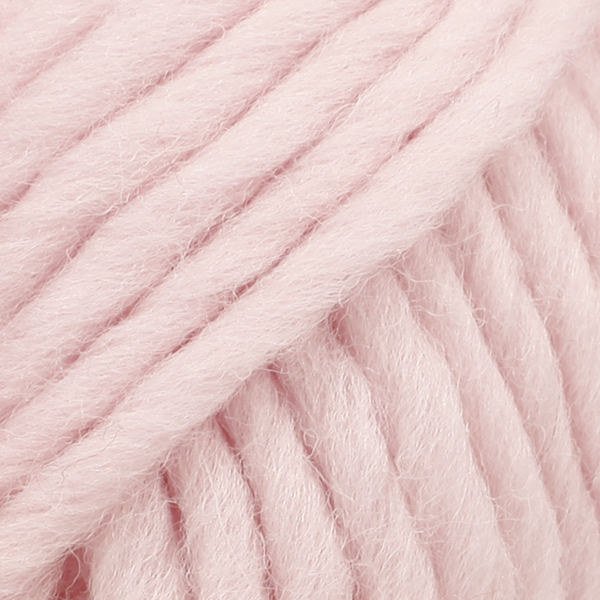


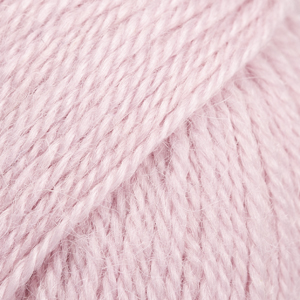







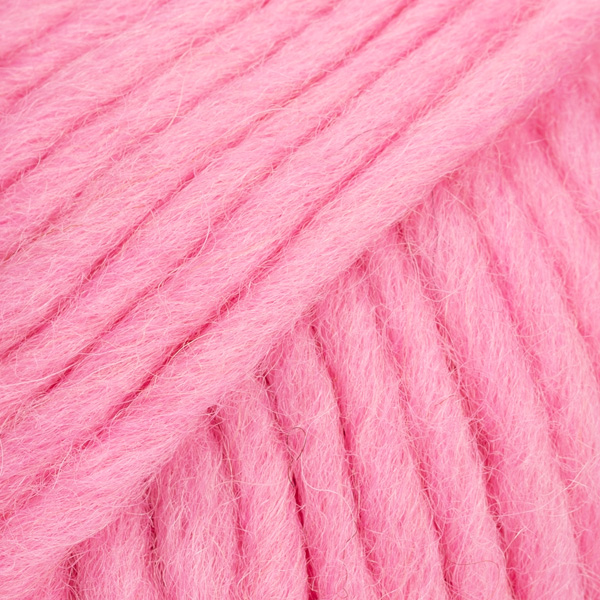

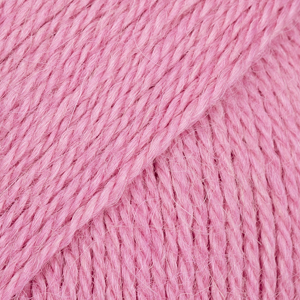


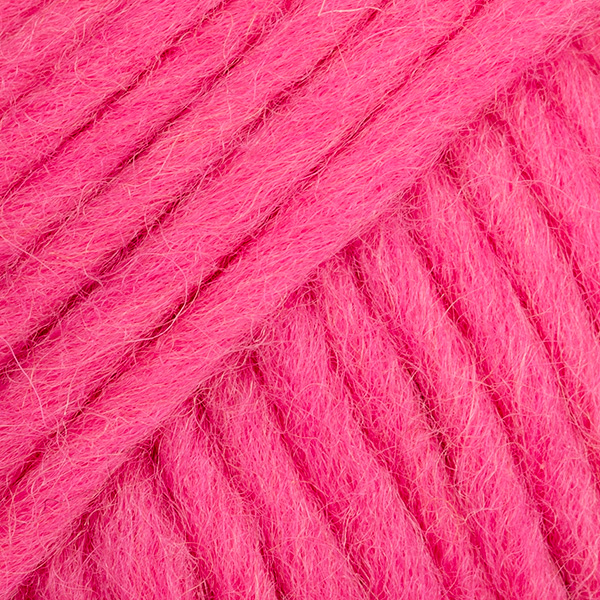






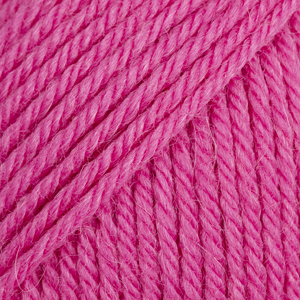





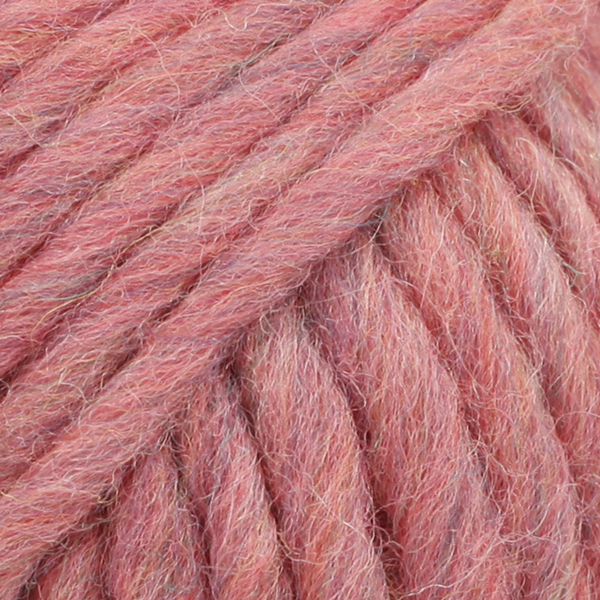

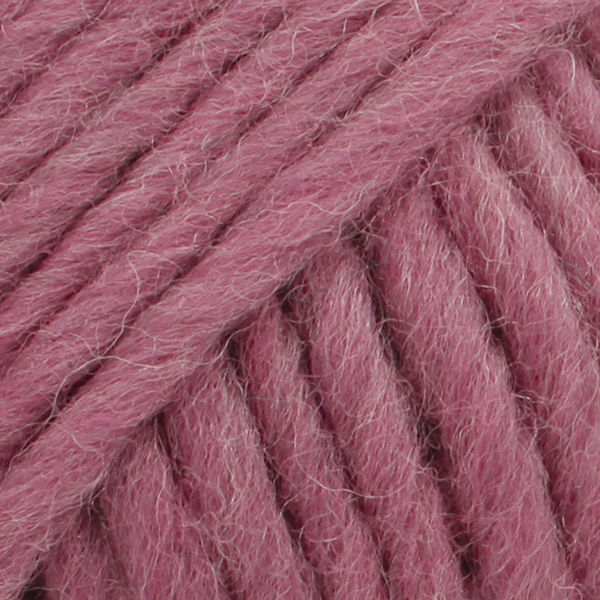

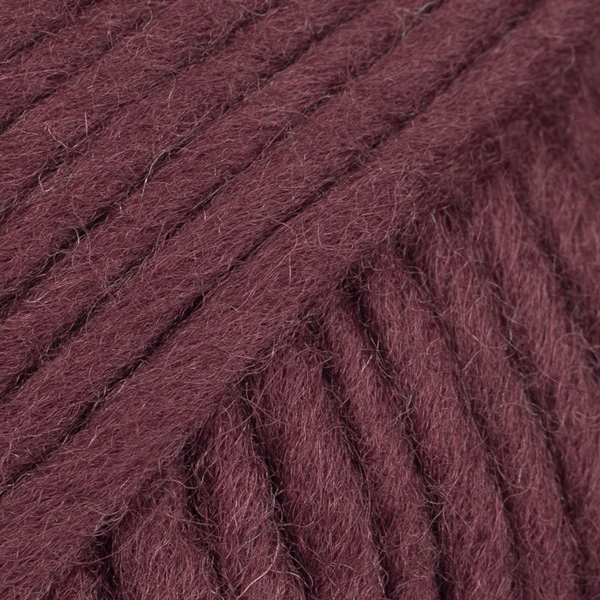

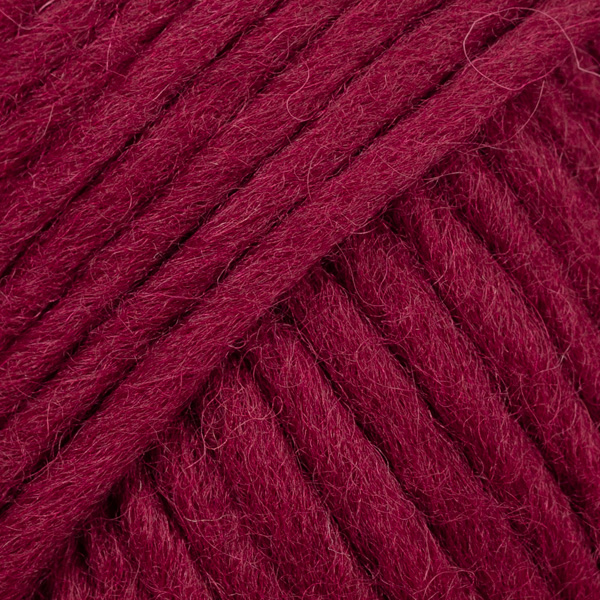







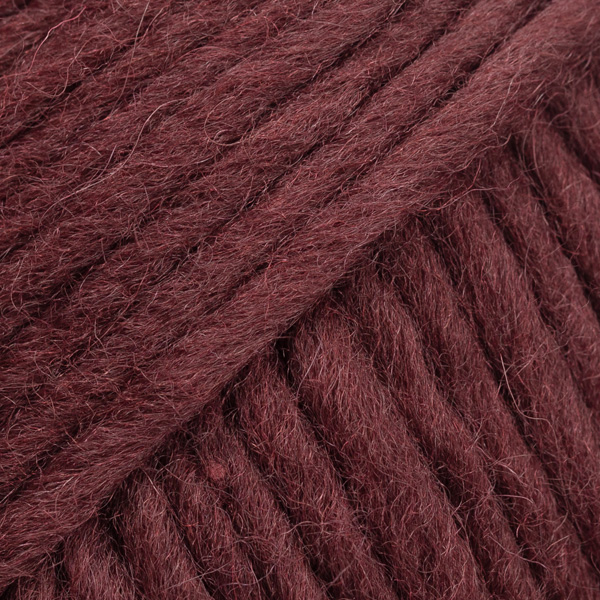



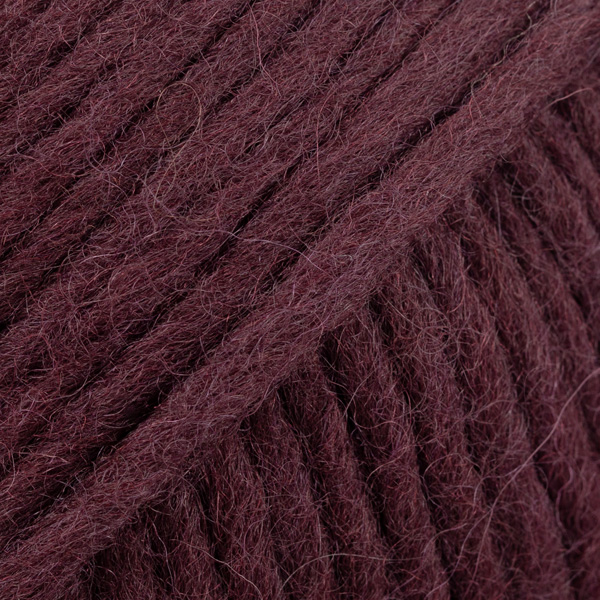



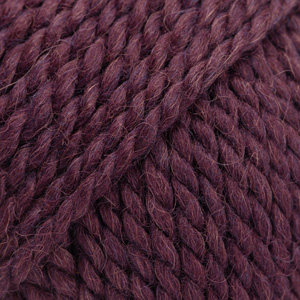






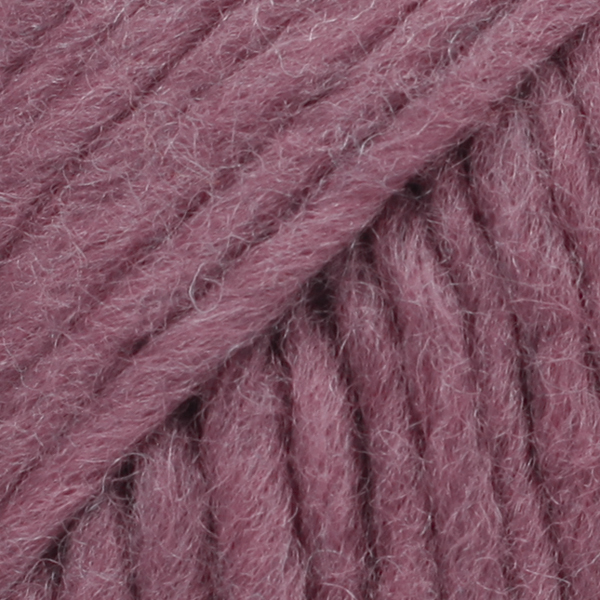




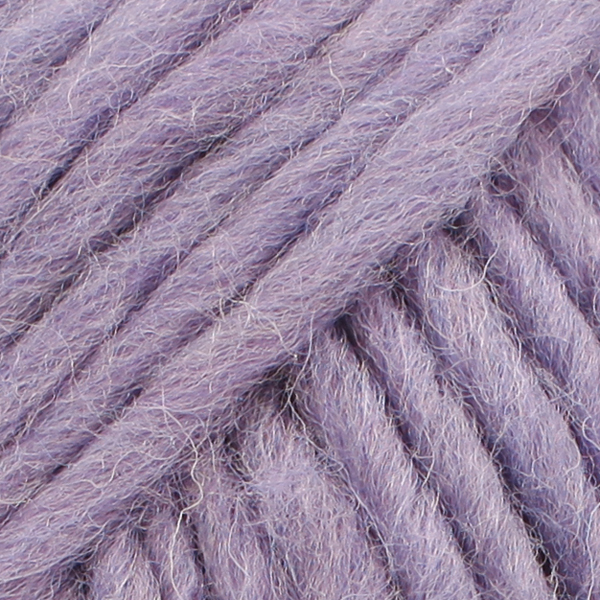





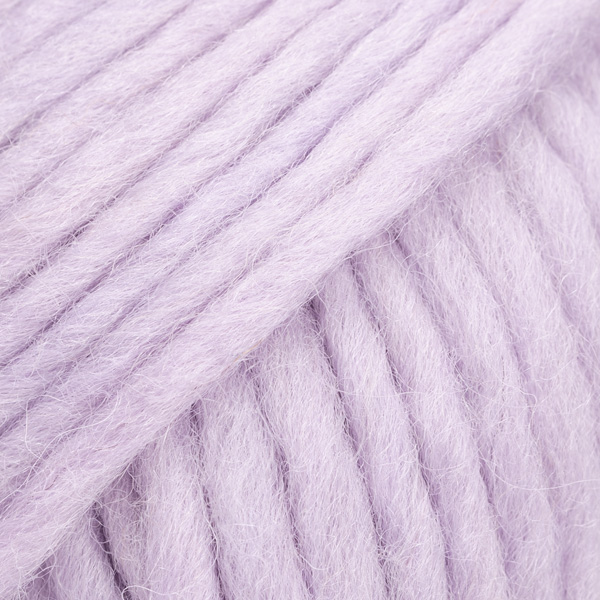
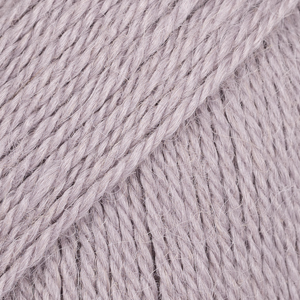




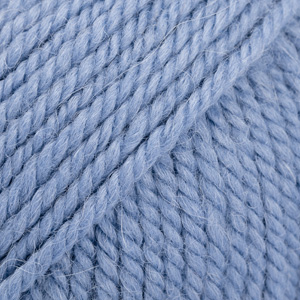



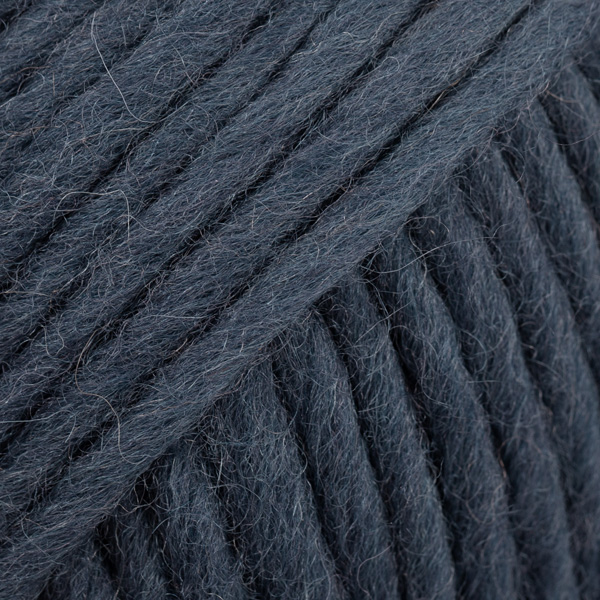




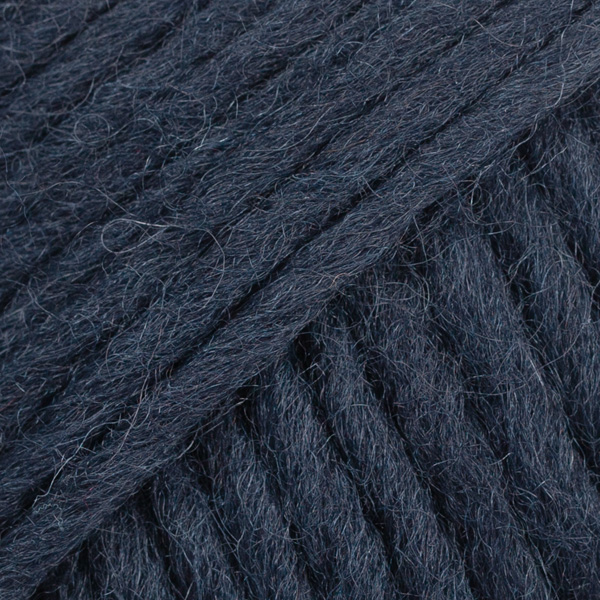








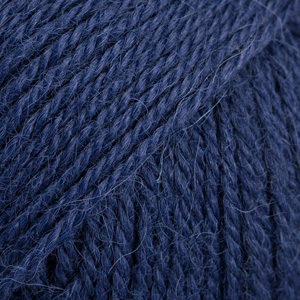




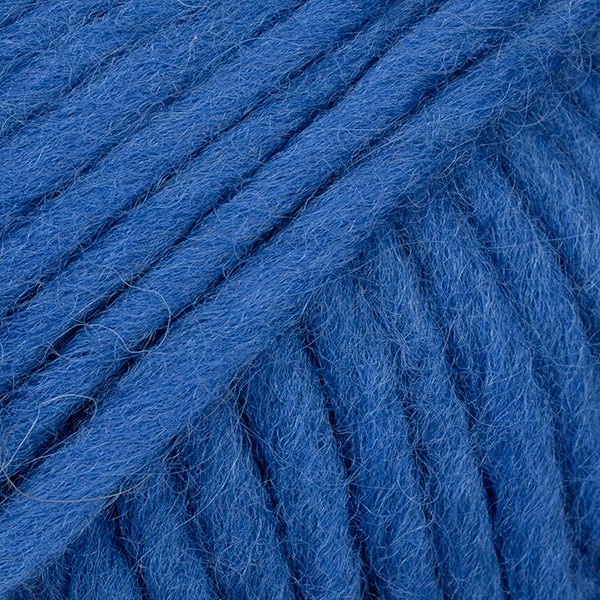











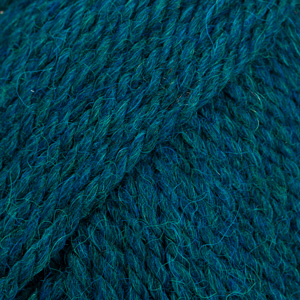

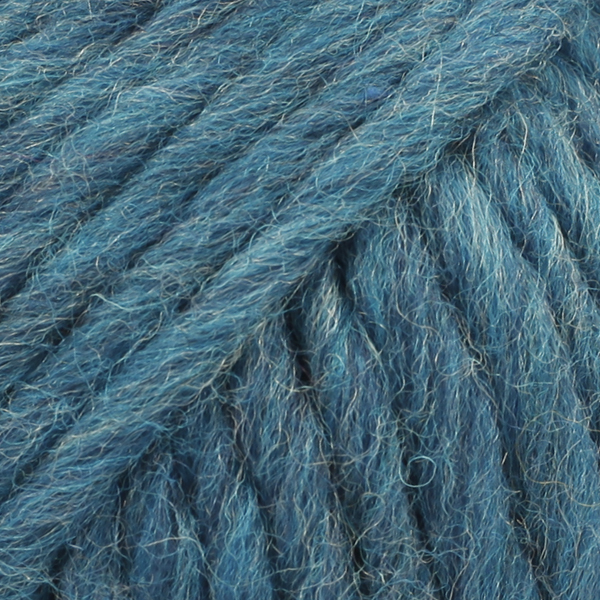





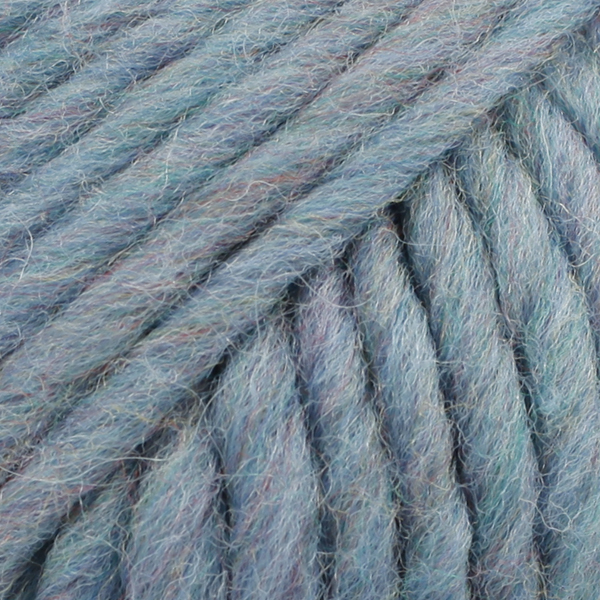

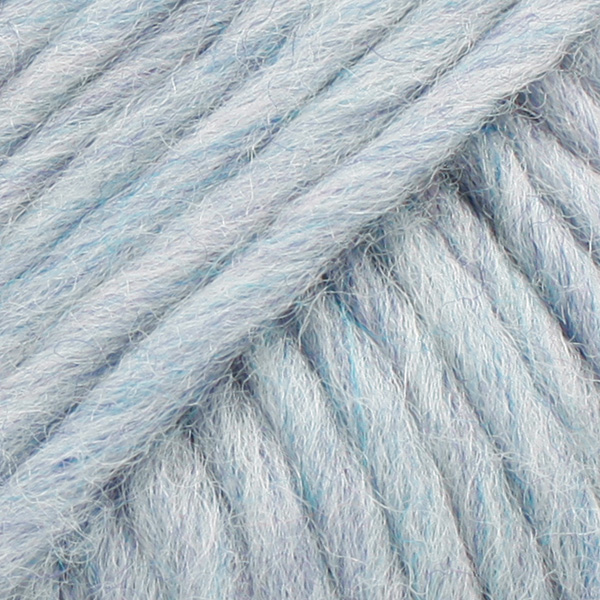



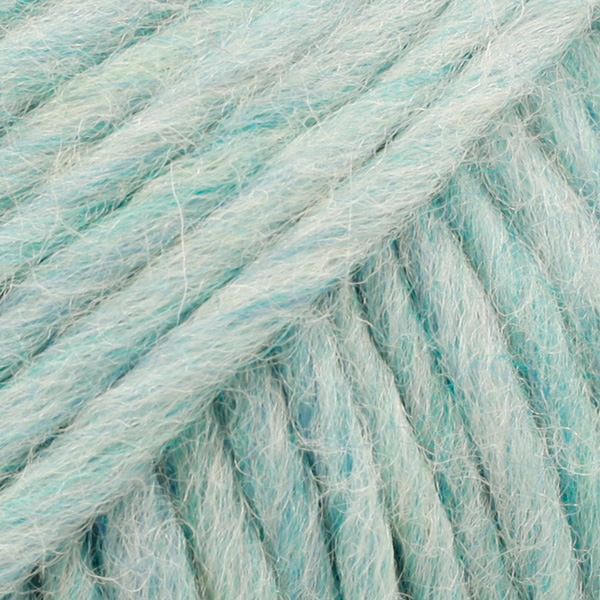






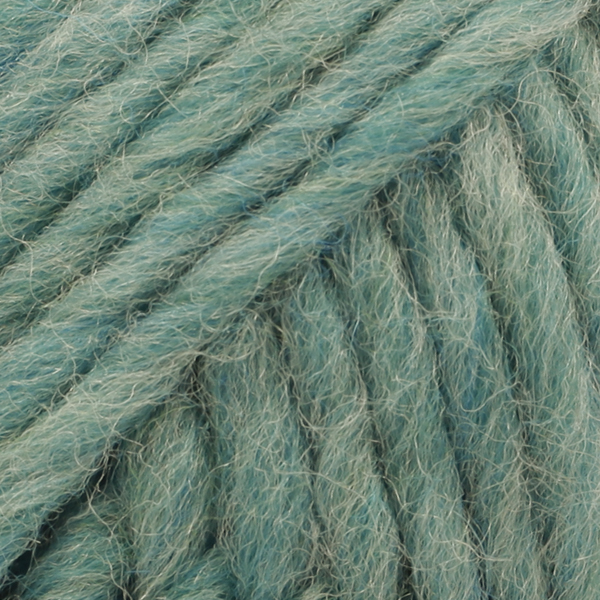





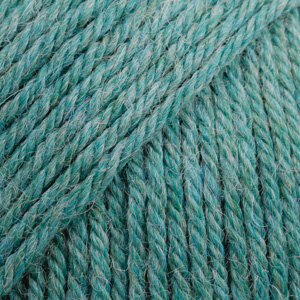



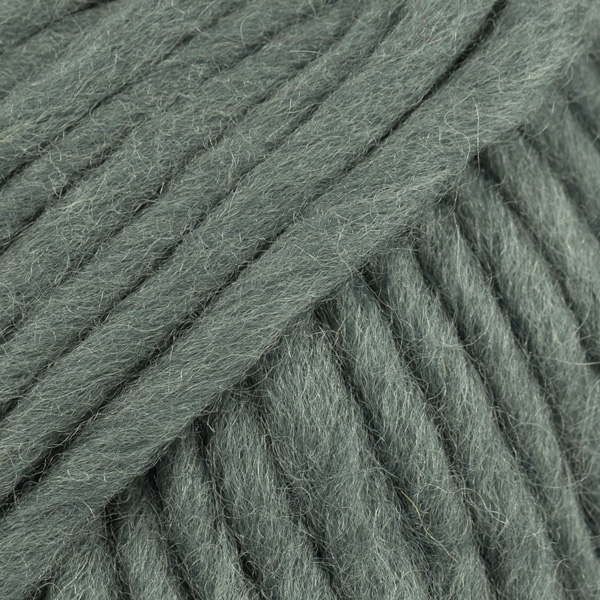

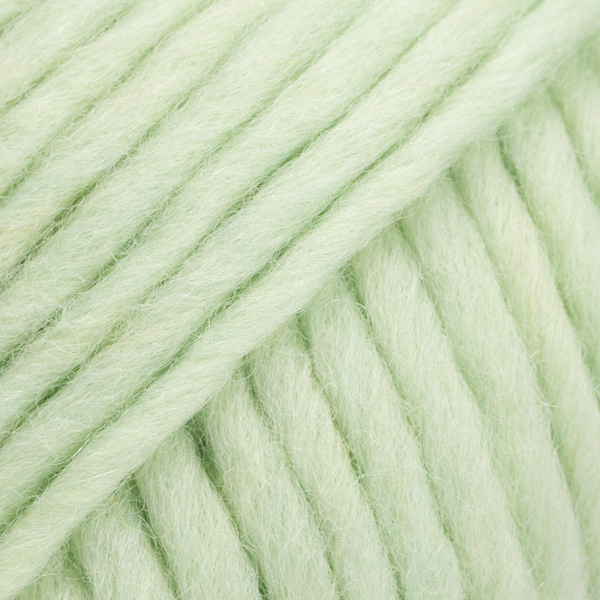

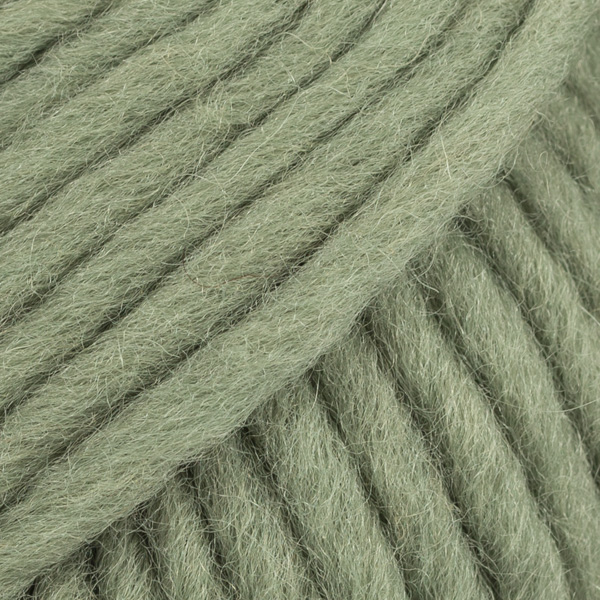

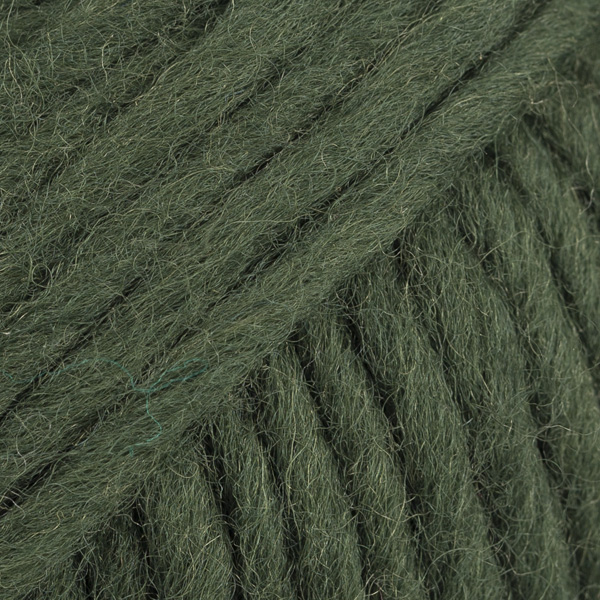
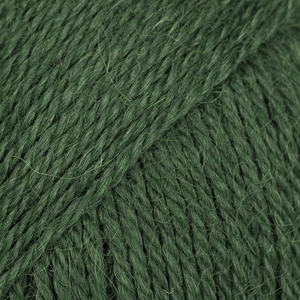


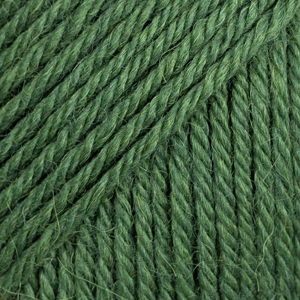
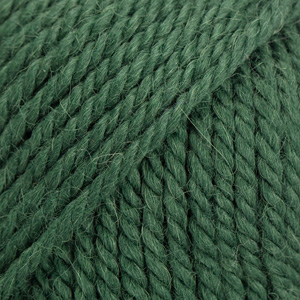




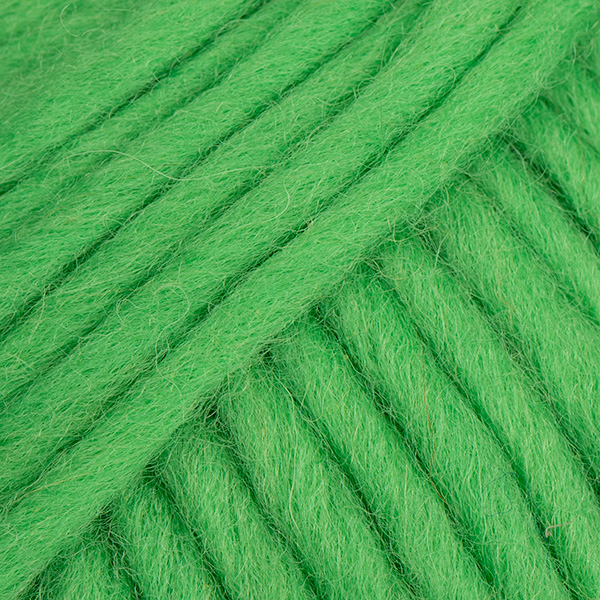















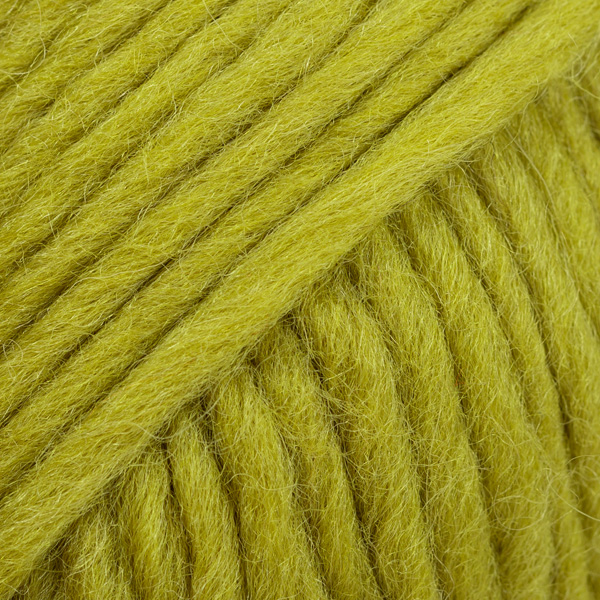




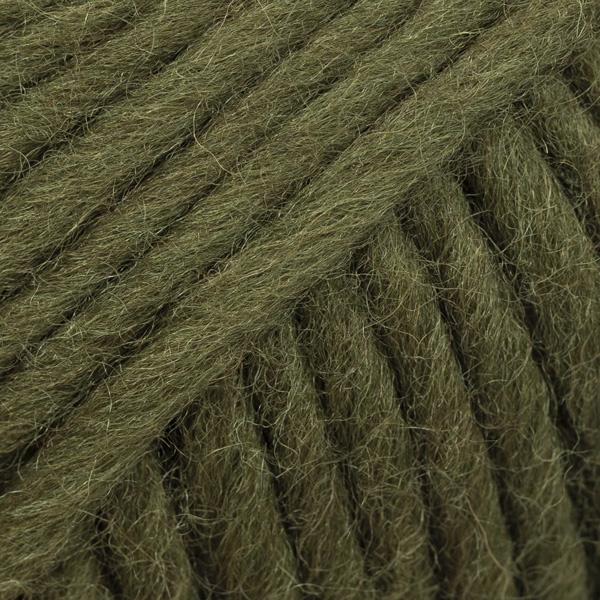




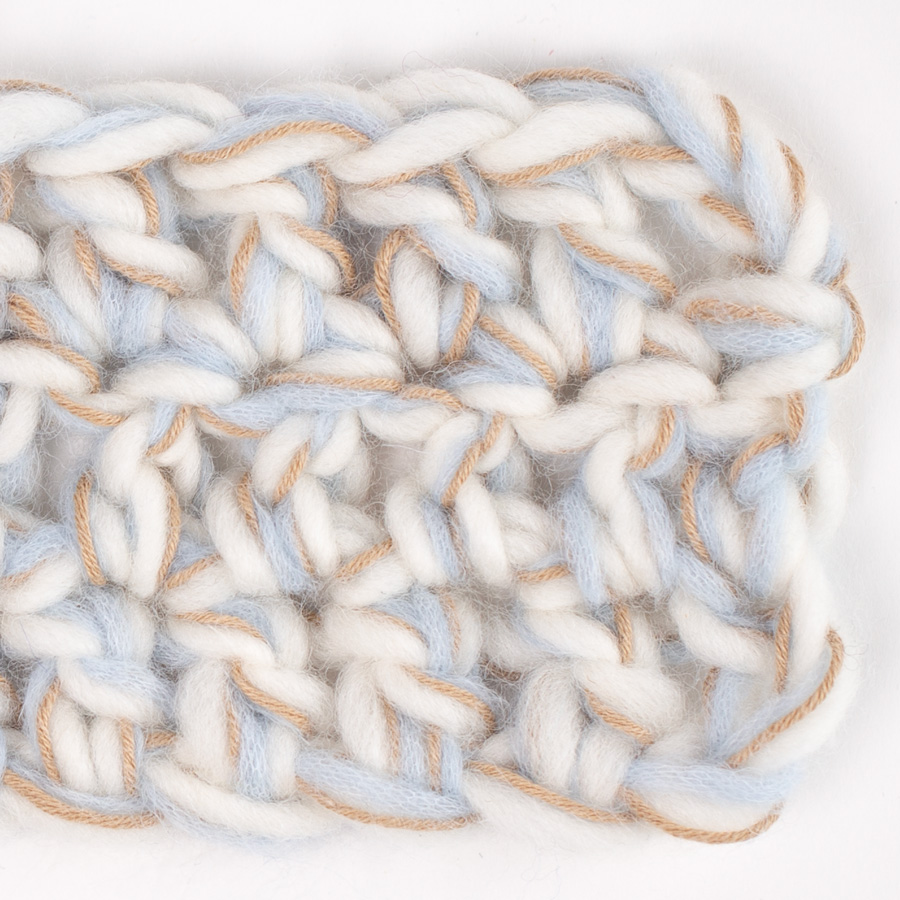
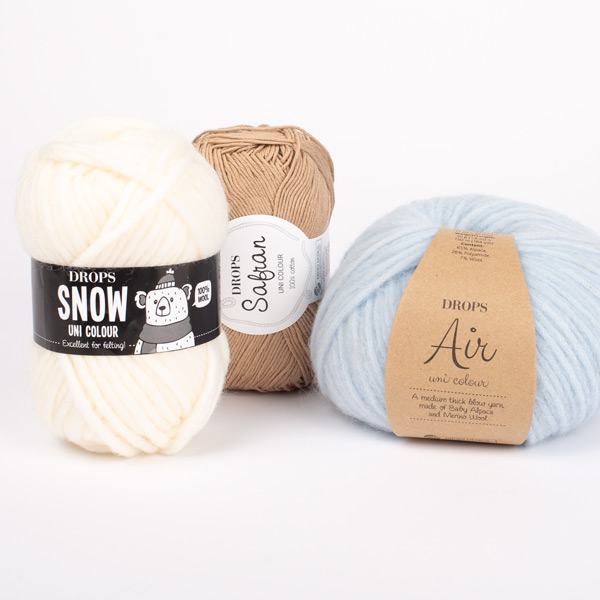
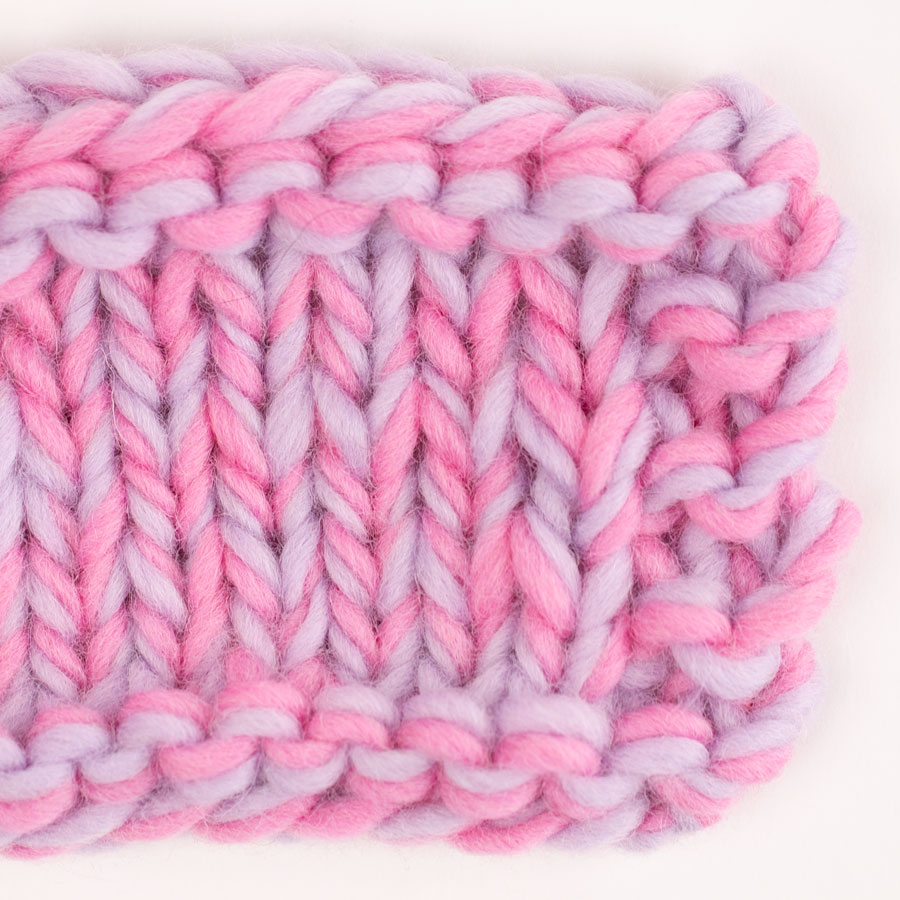
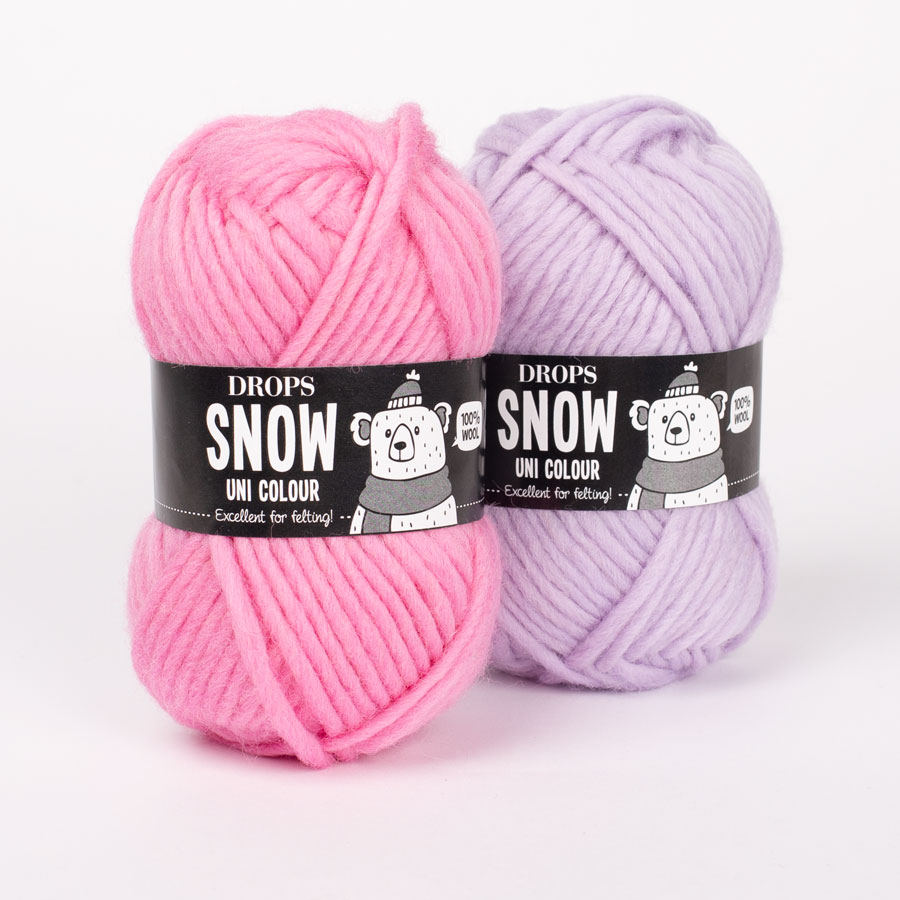
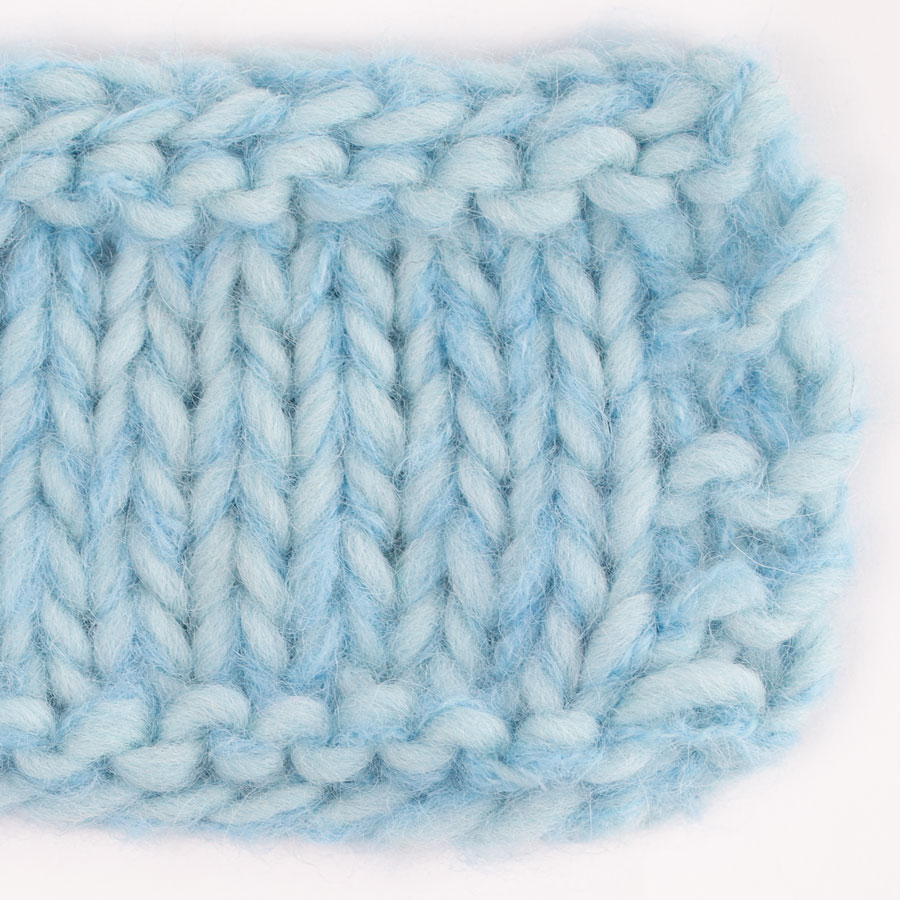
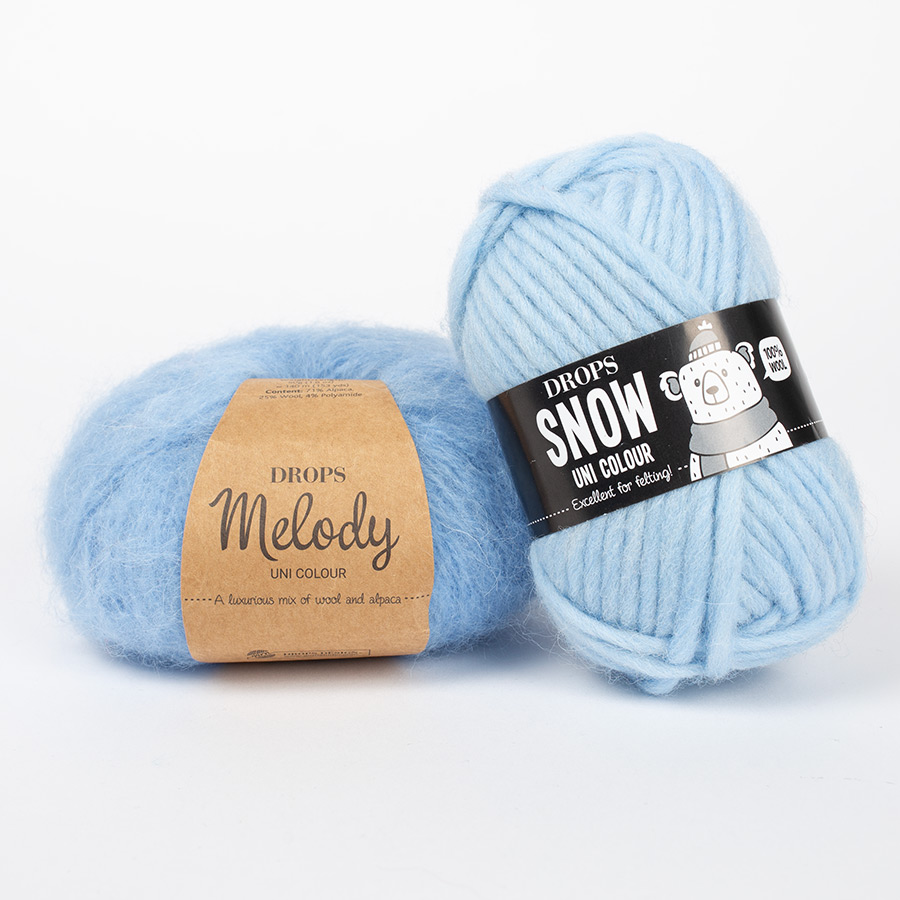
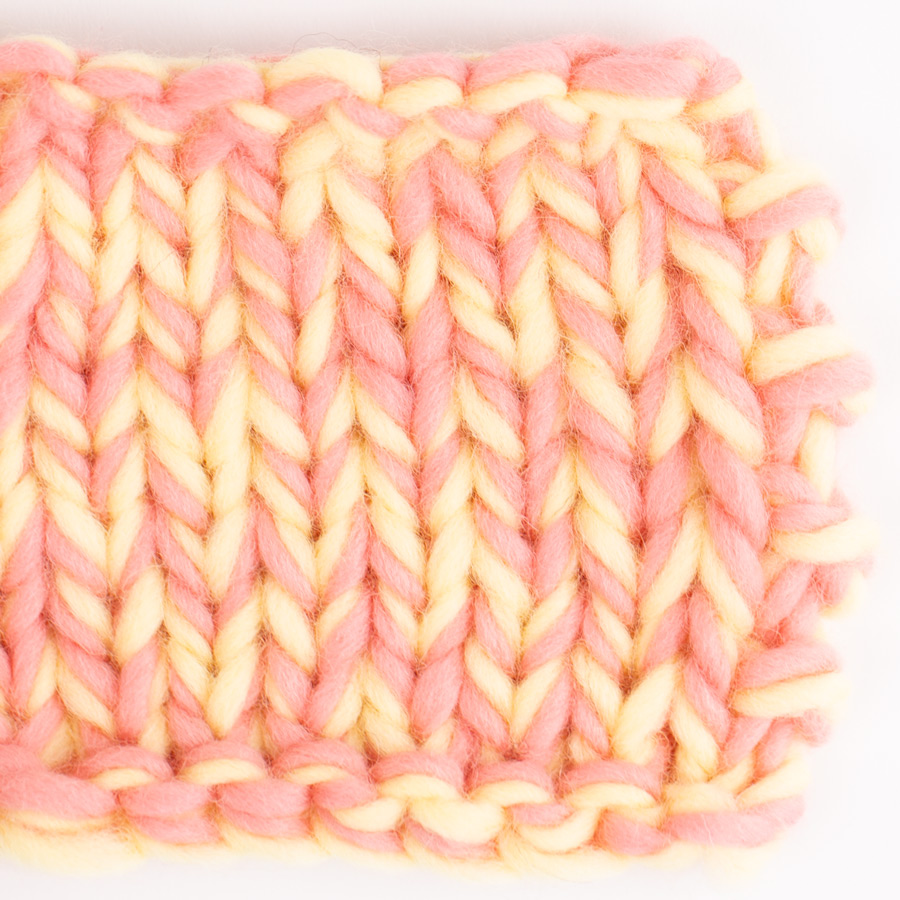
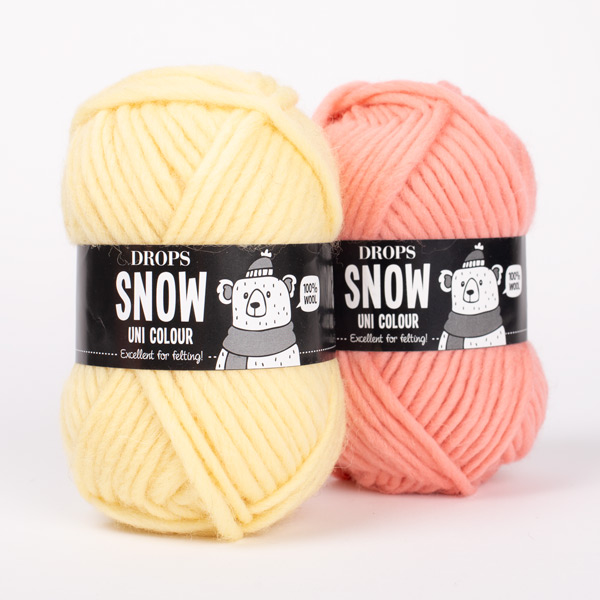
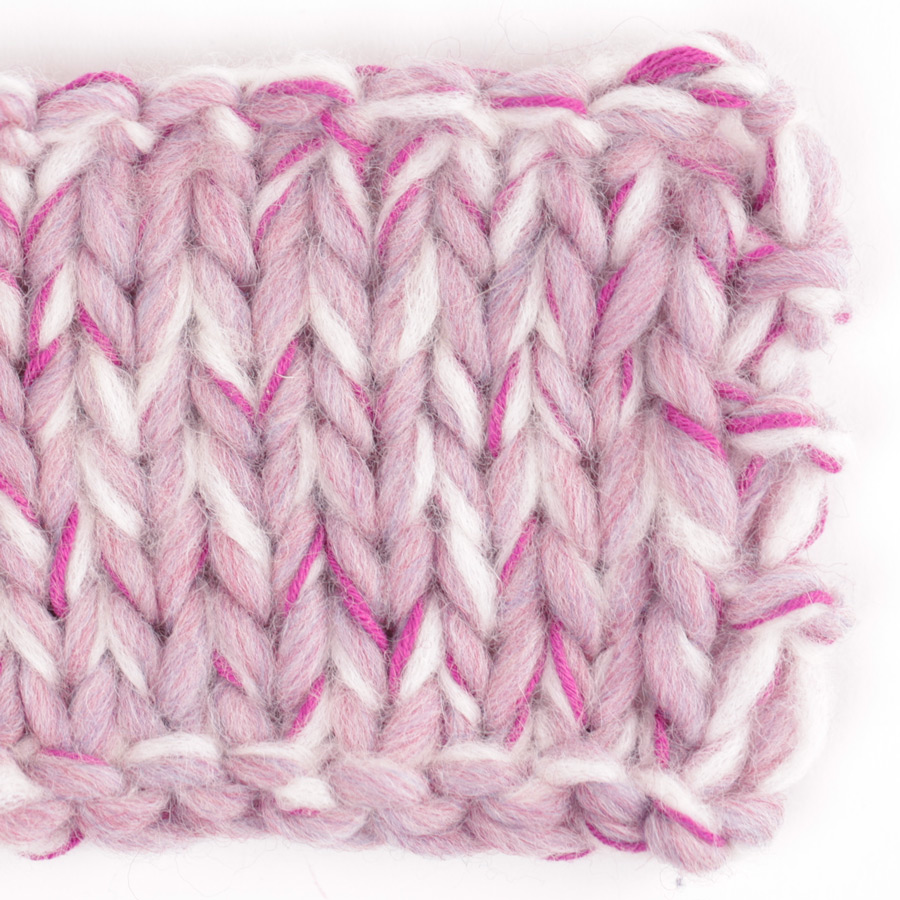
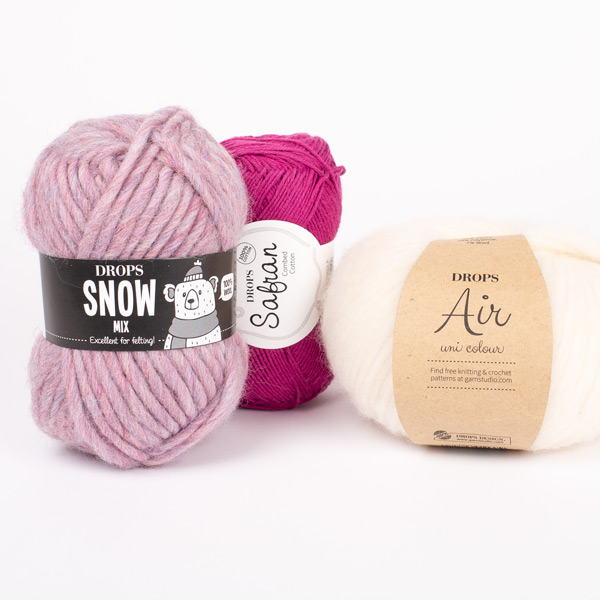
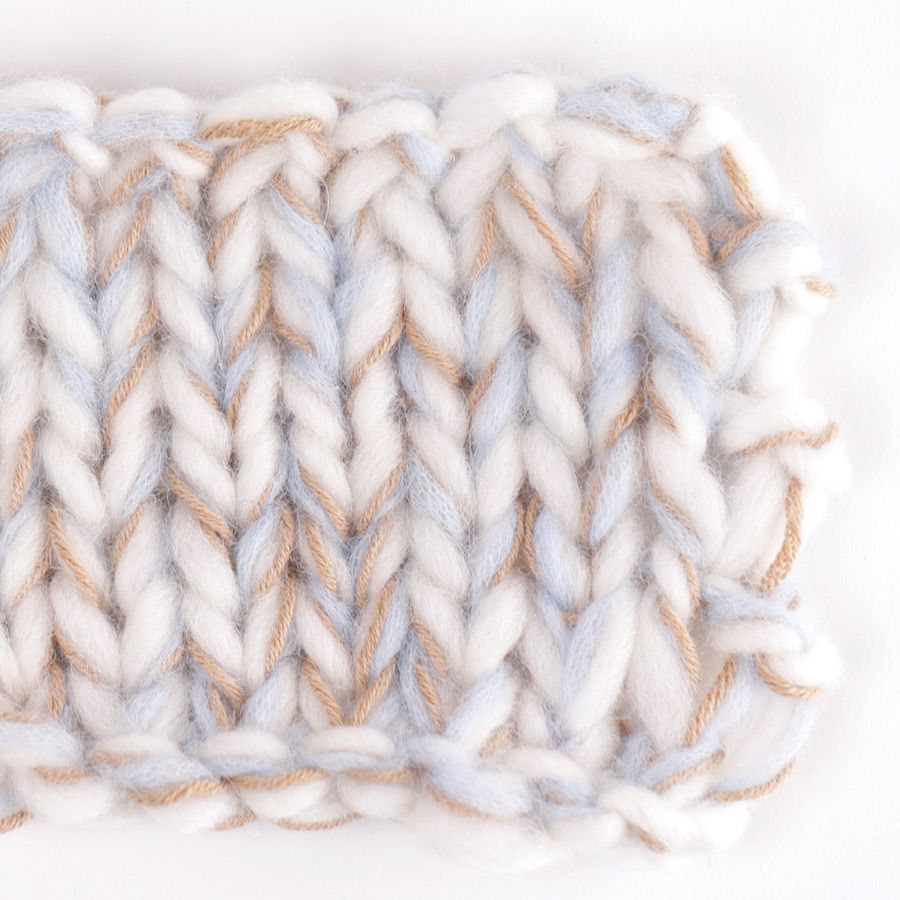
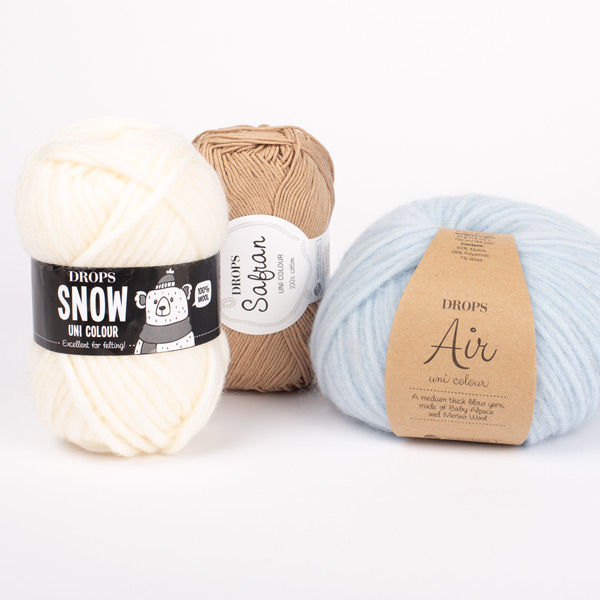
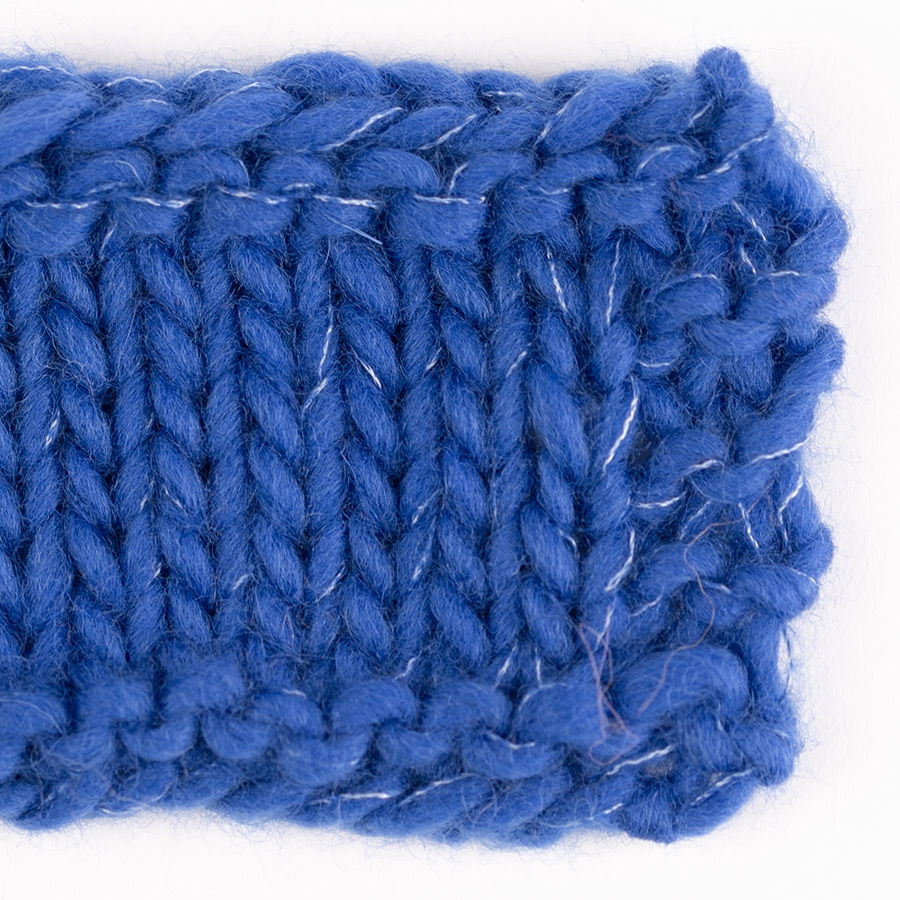
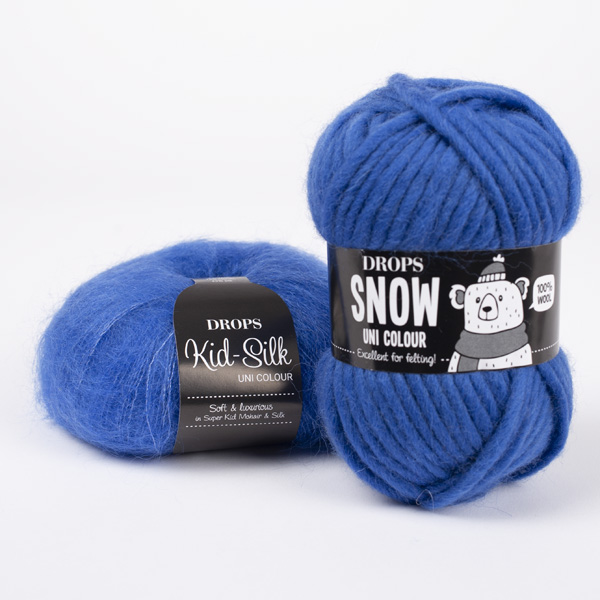








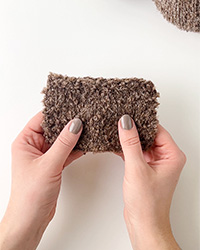

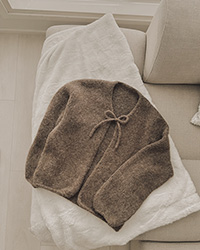
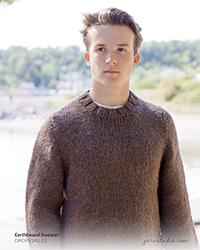
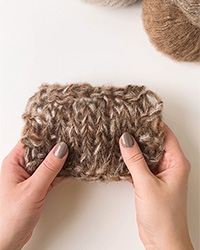
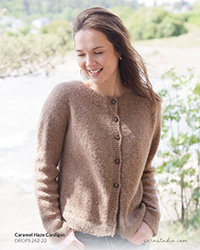
Sad to see that my two favourite colours of Eskimo uni colour is gone. It was a light grey-green shade and a darker grey-green shade (I don't have the colour numbers available). Lovely together and pretty with other colours. I hope you will take them back into production again.
19.01.2015 - 11:13